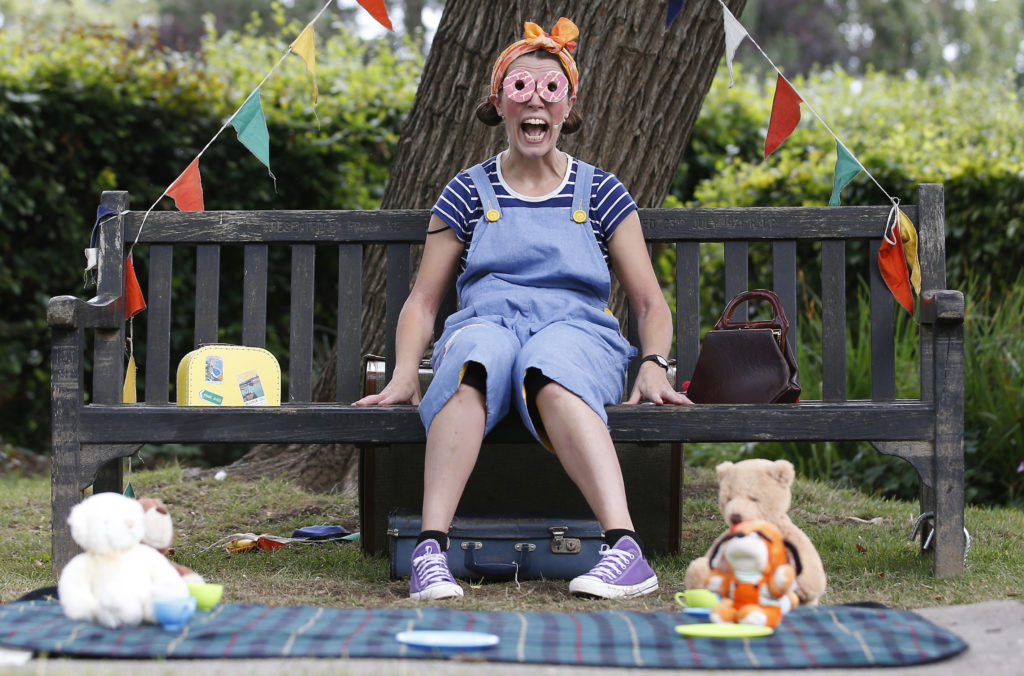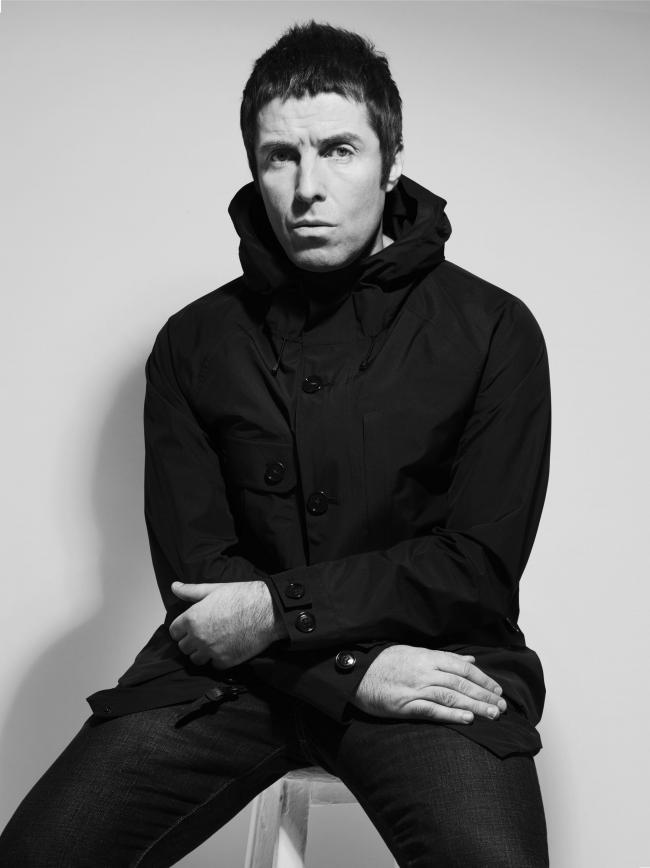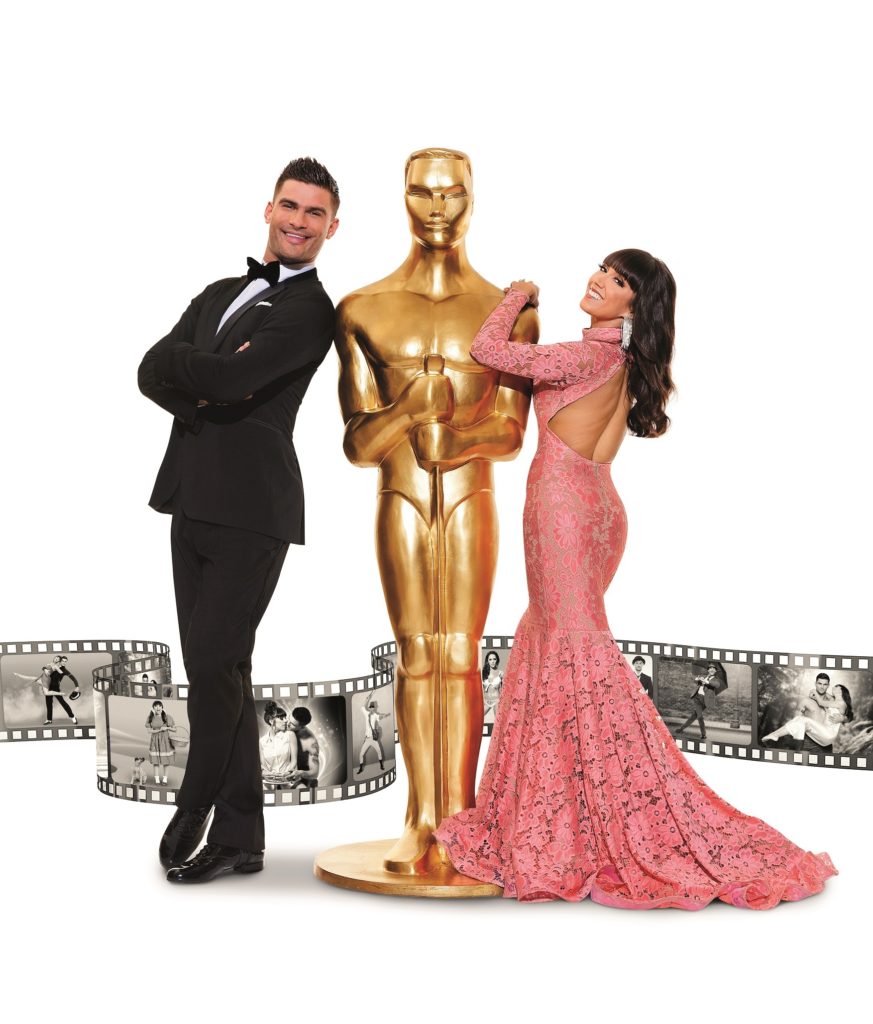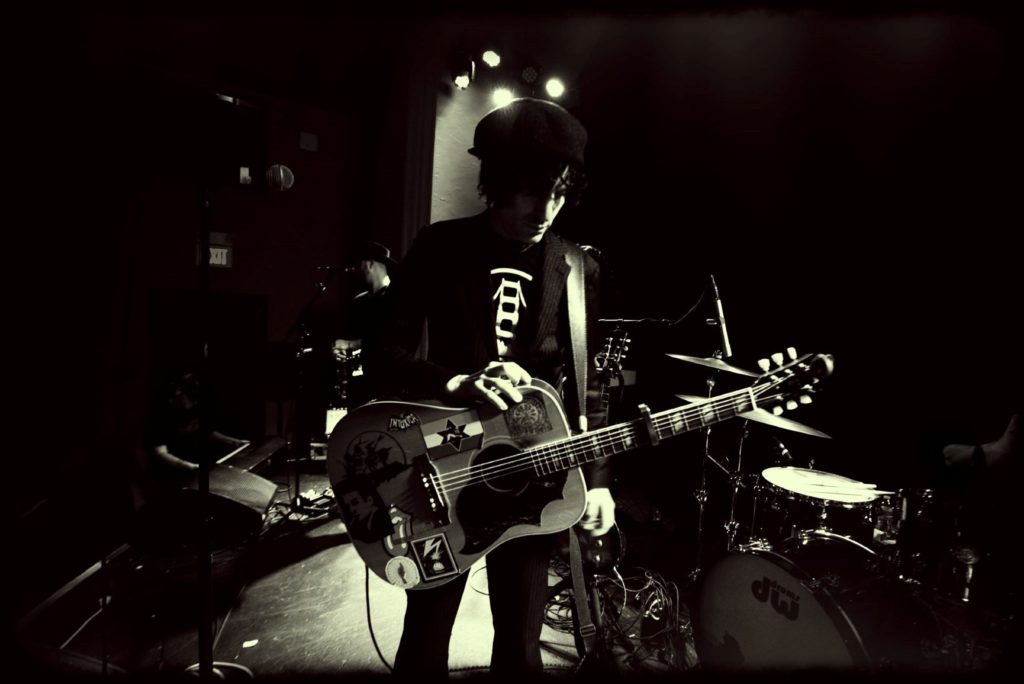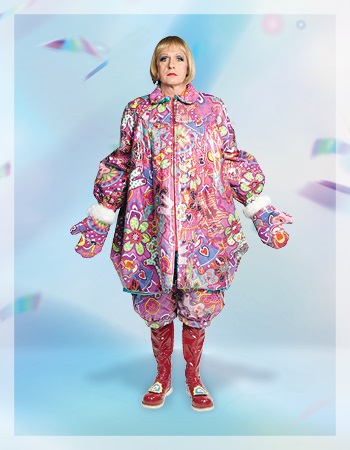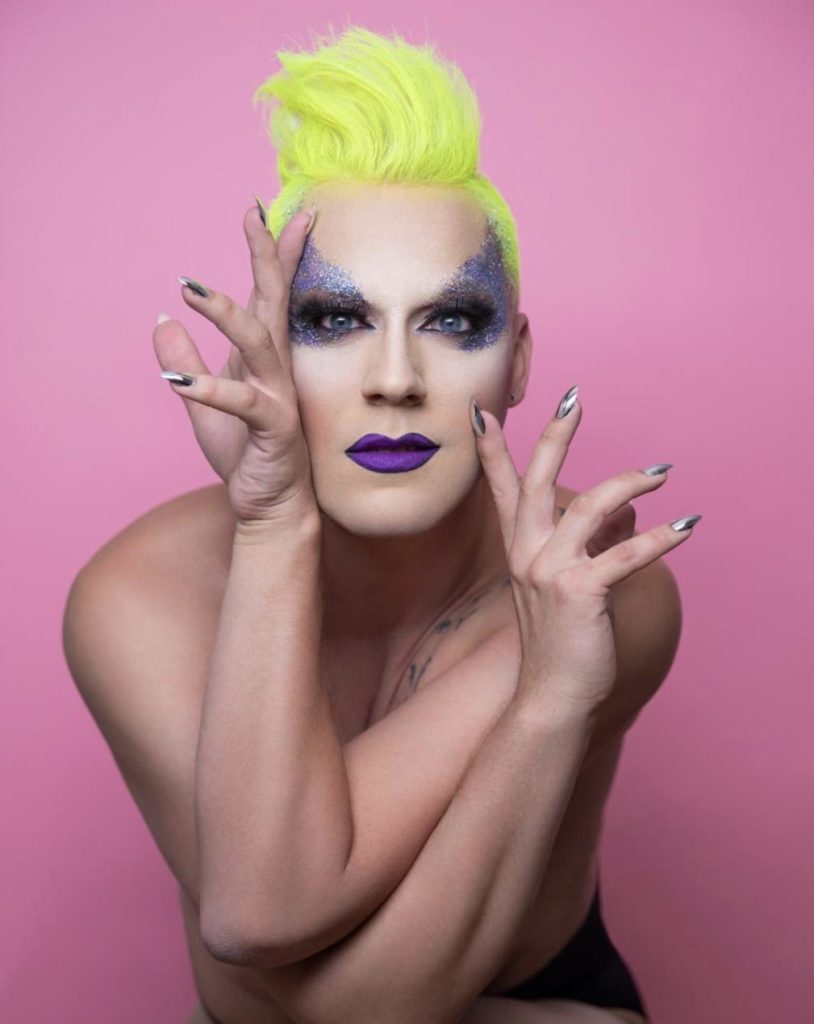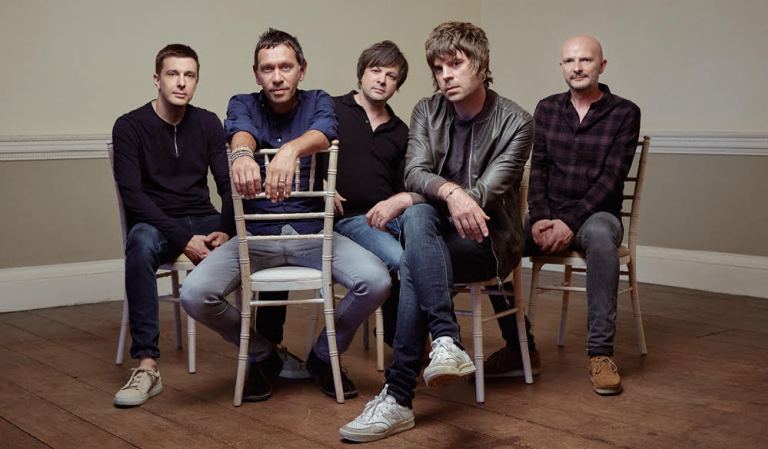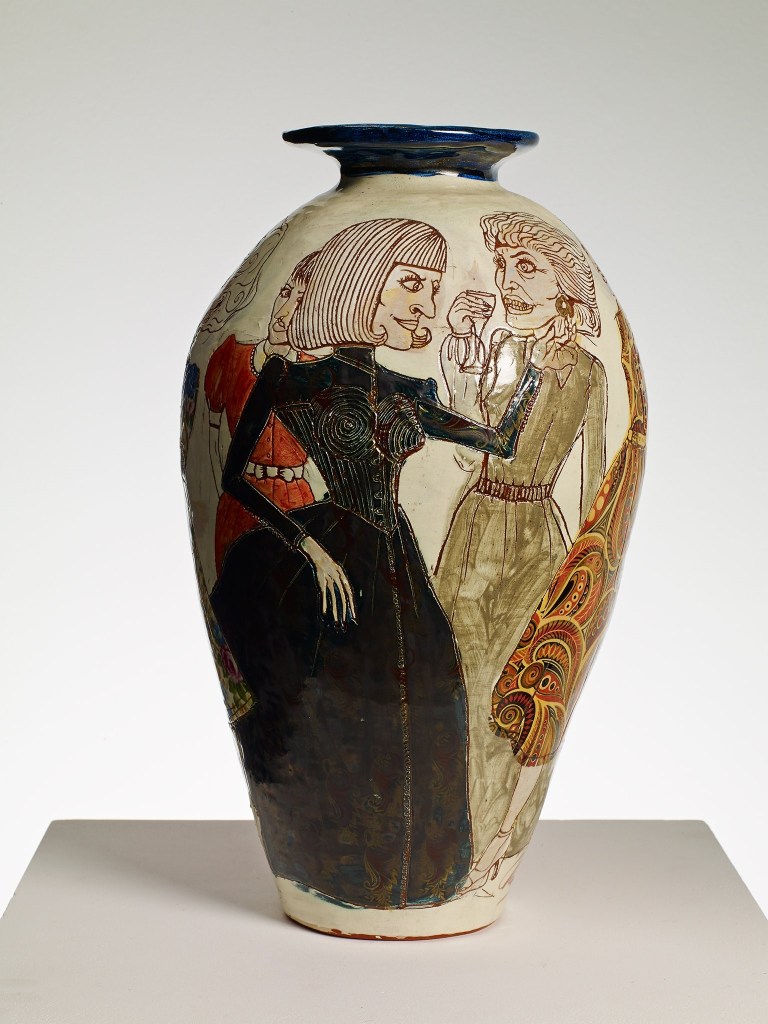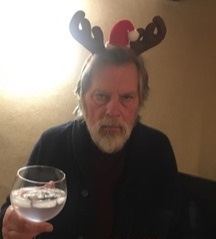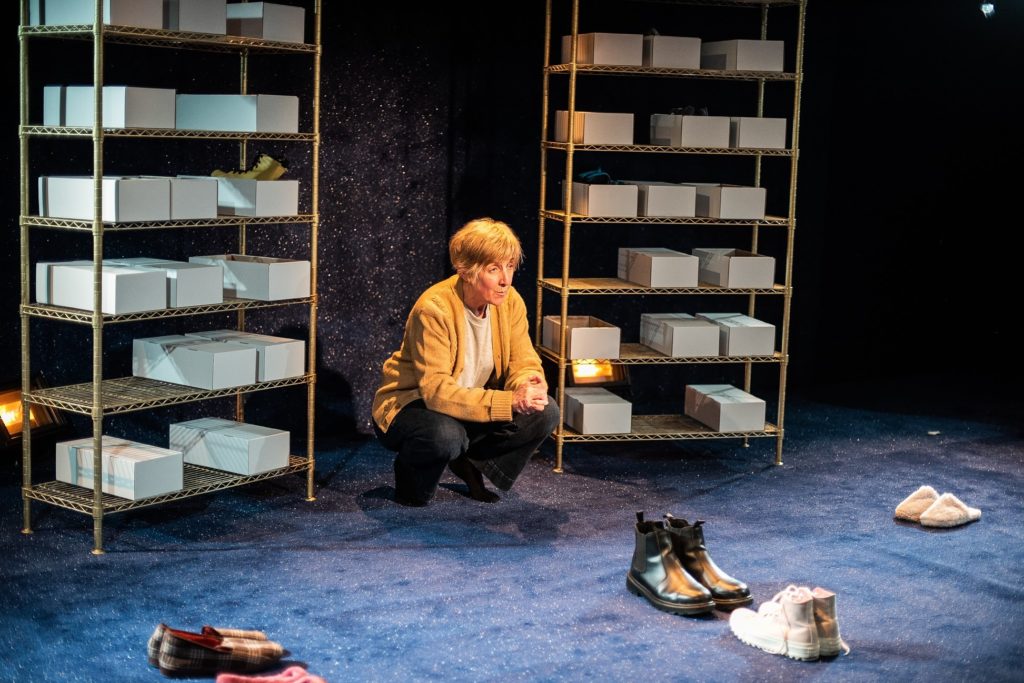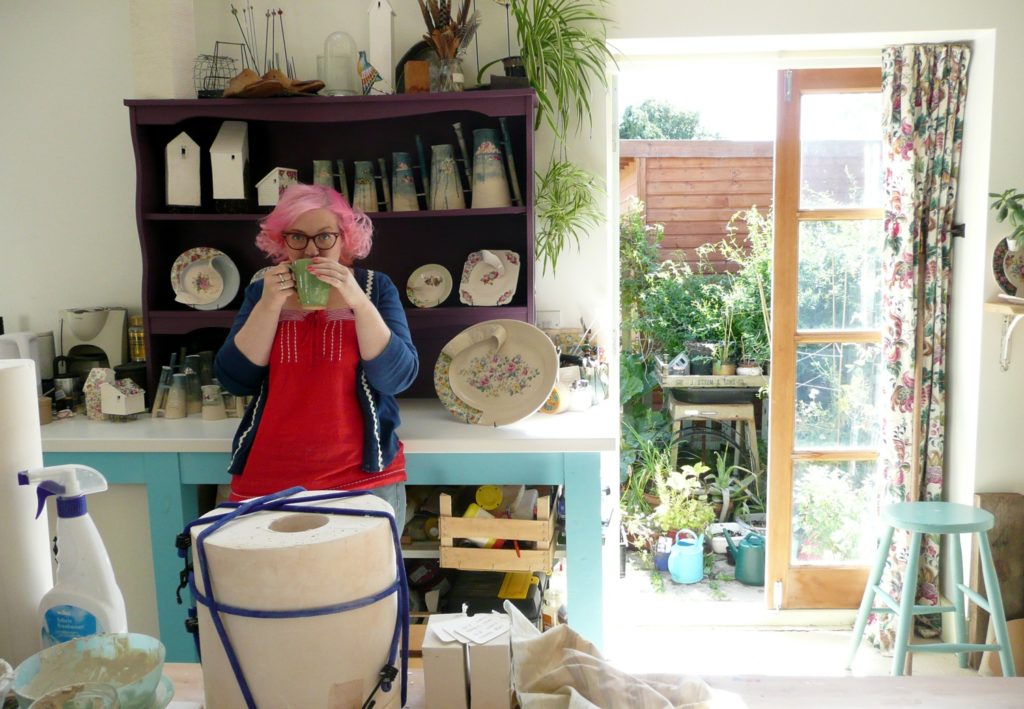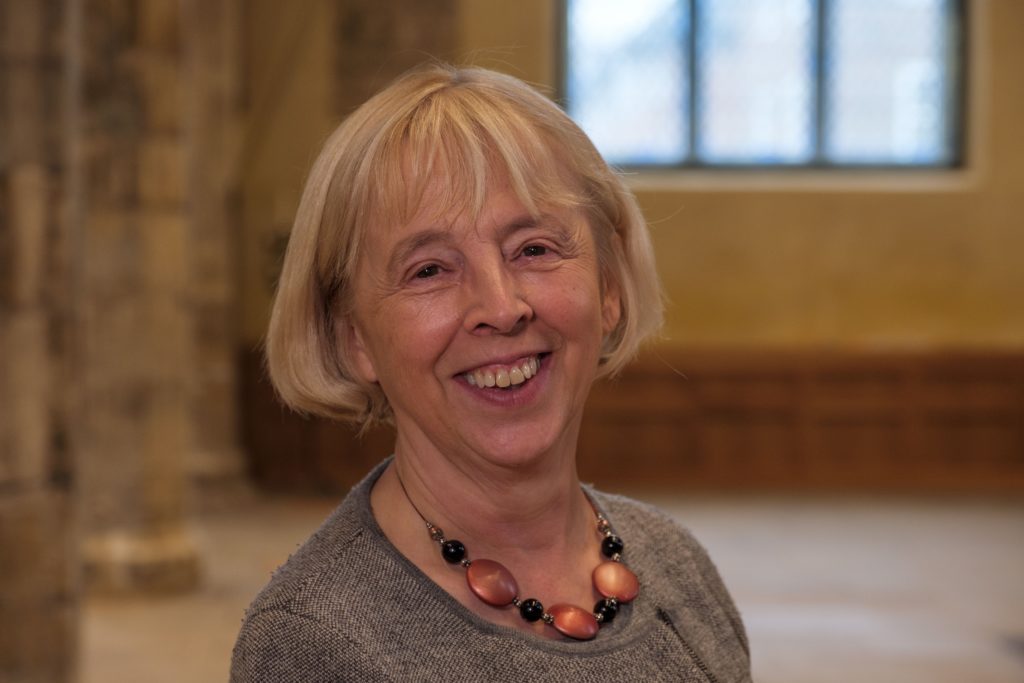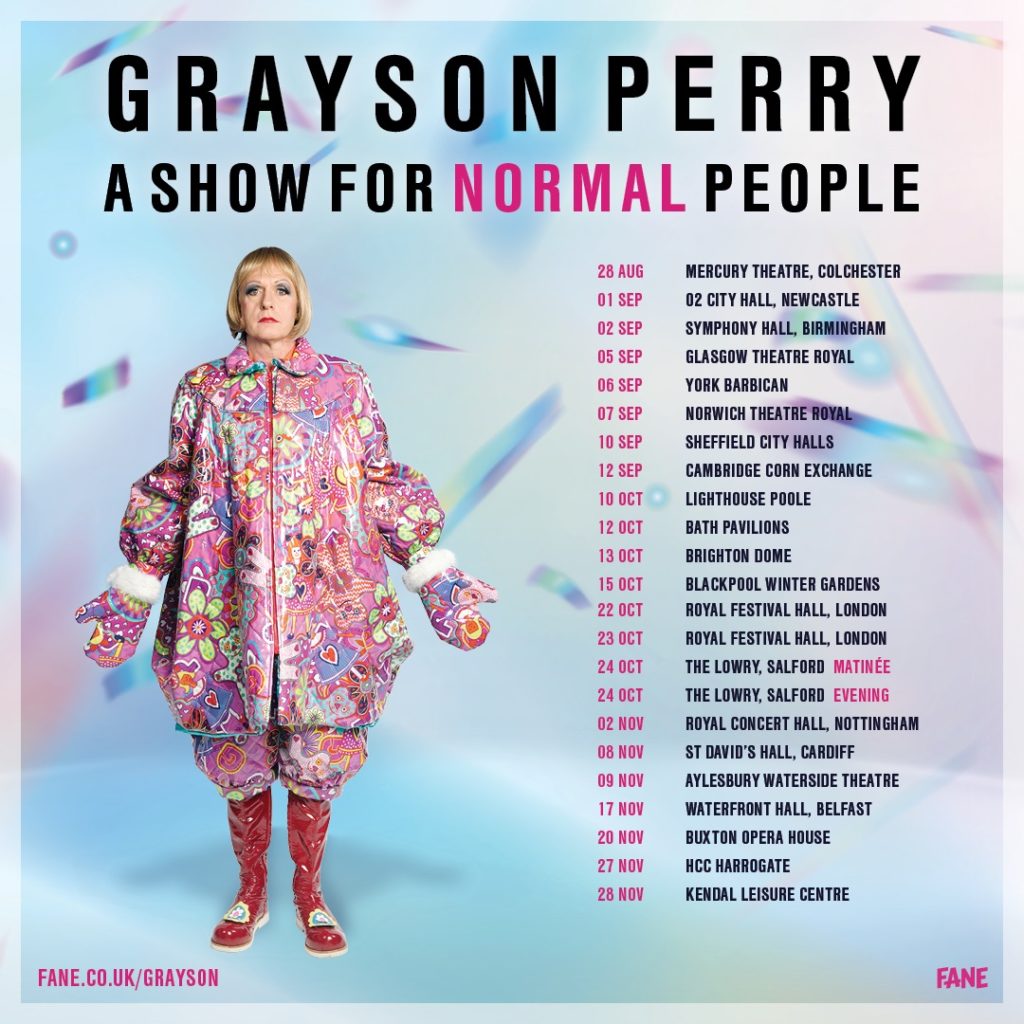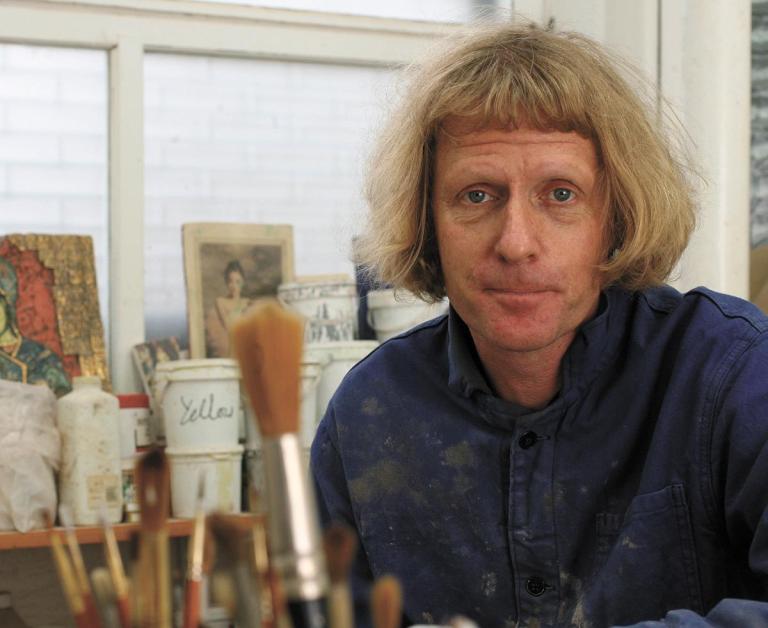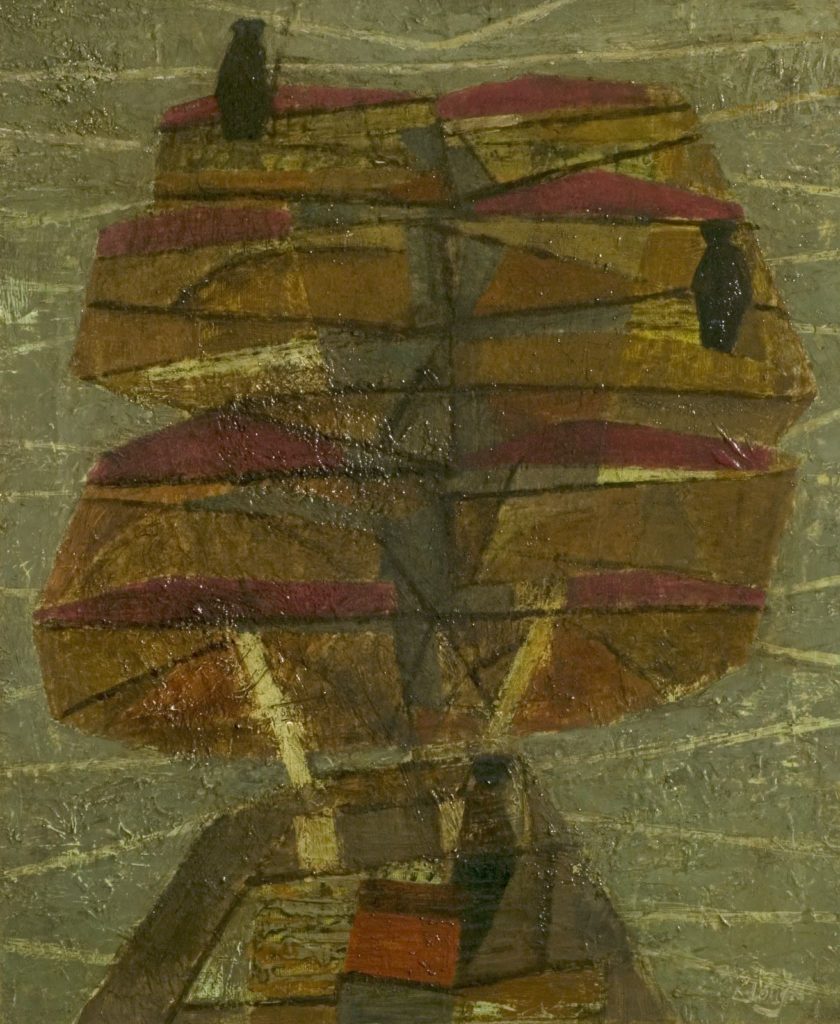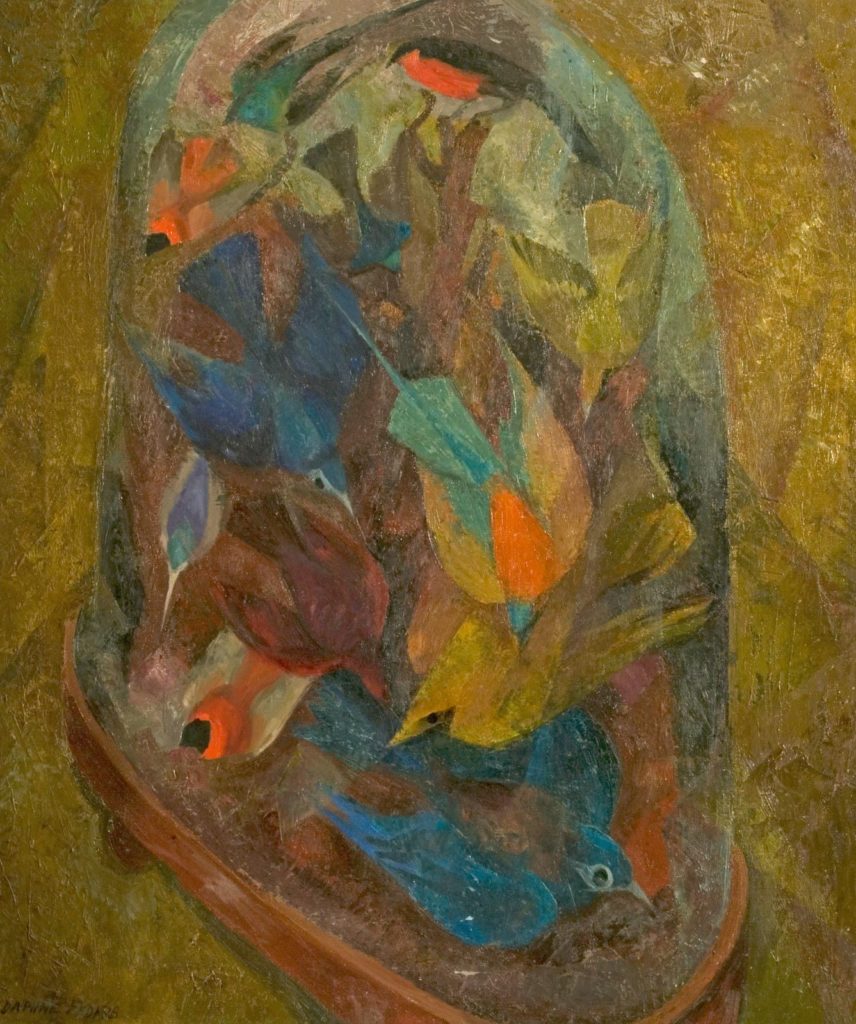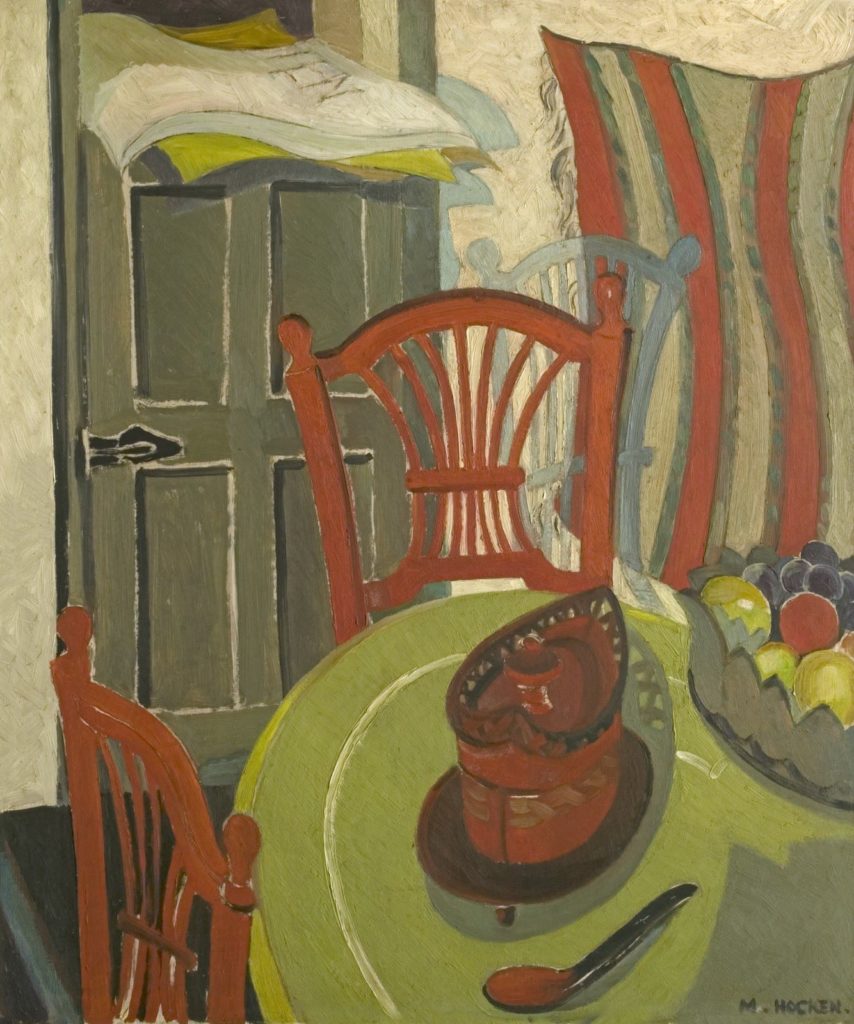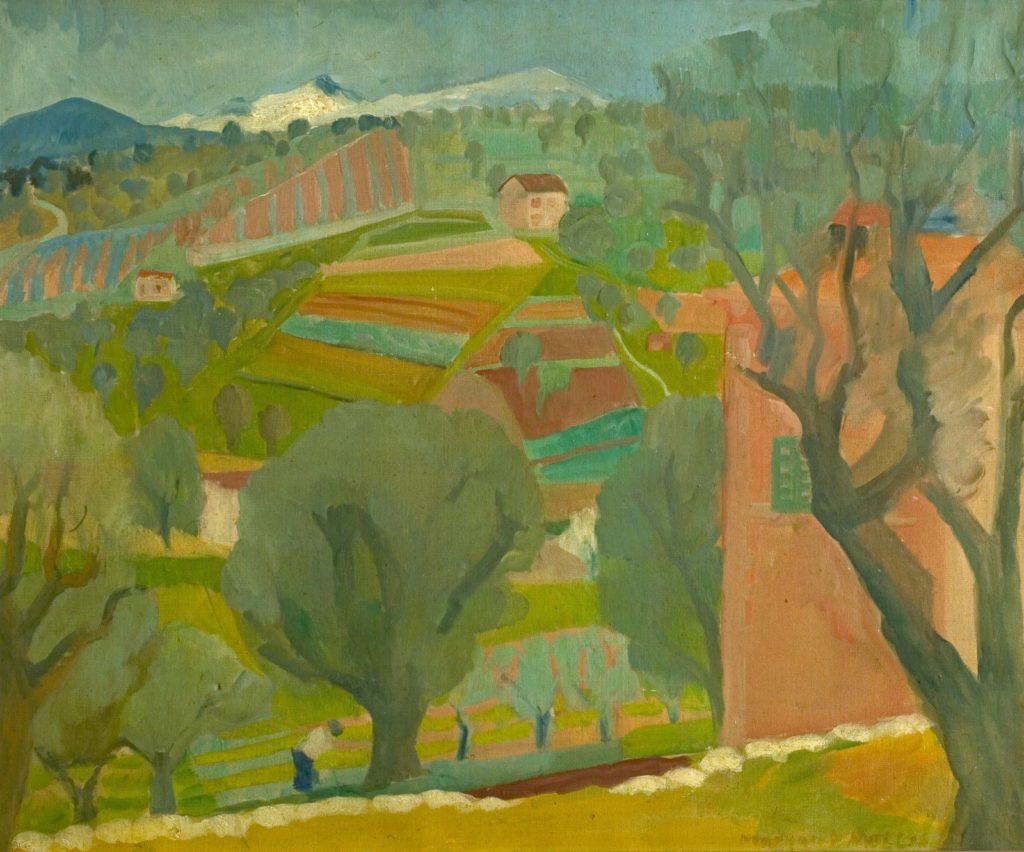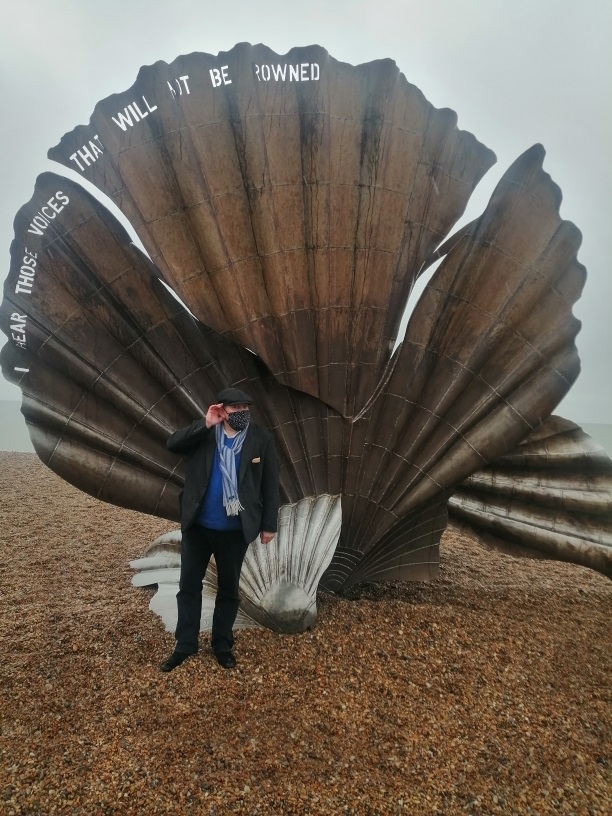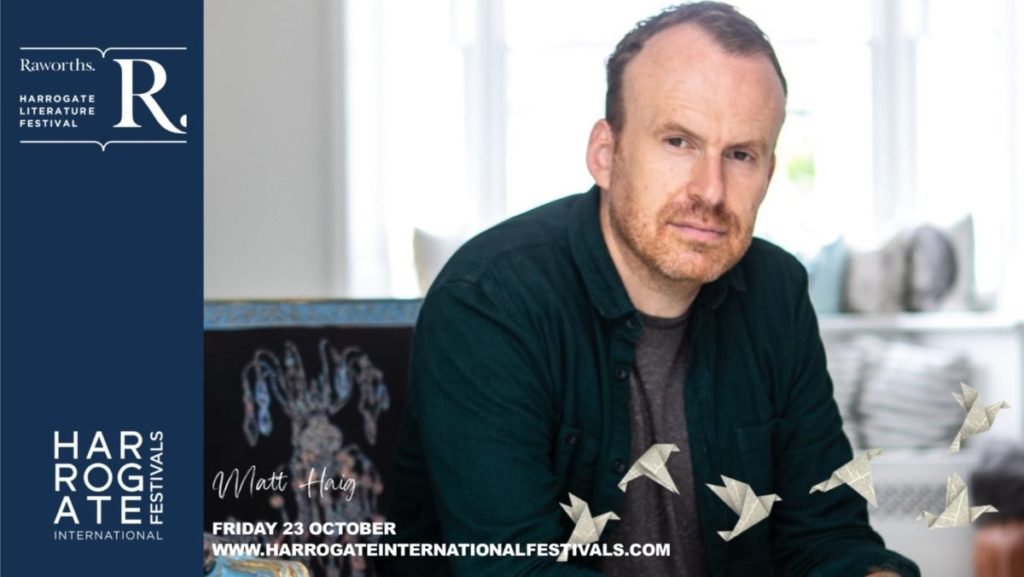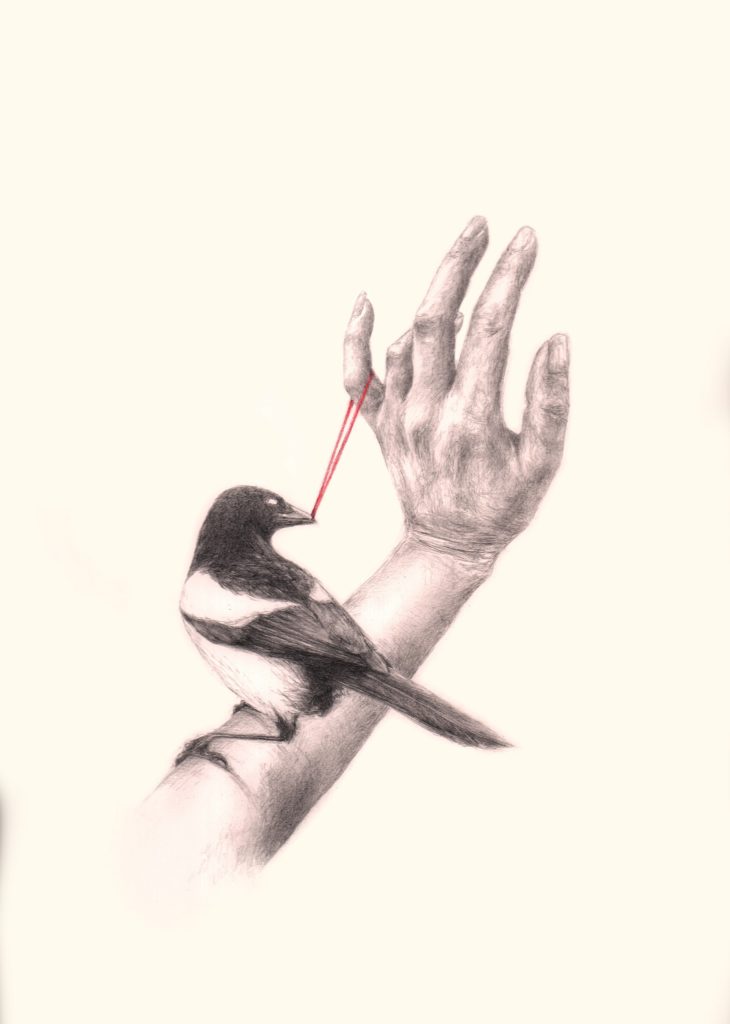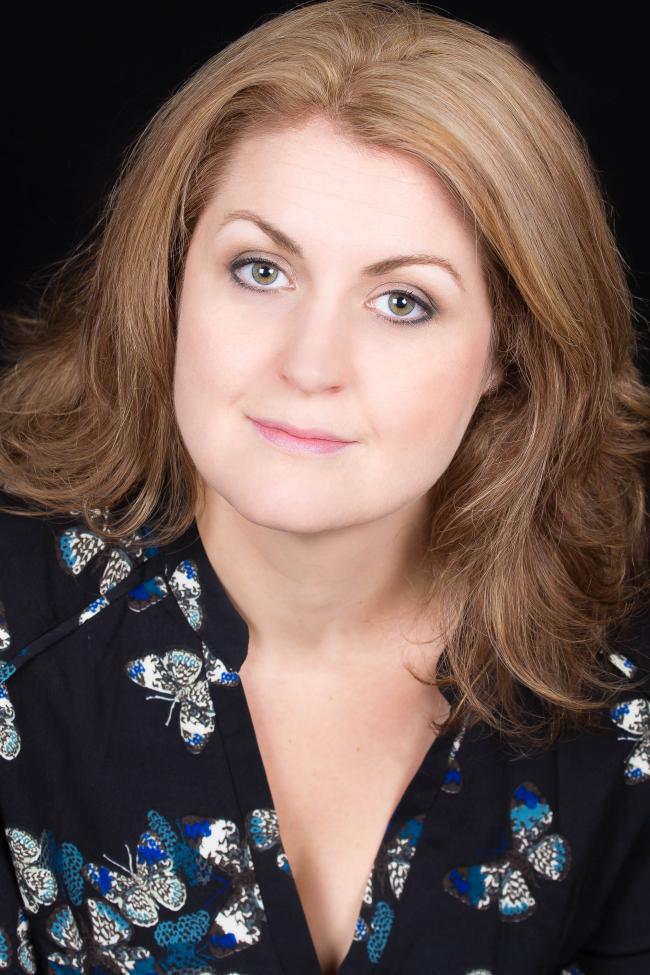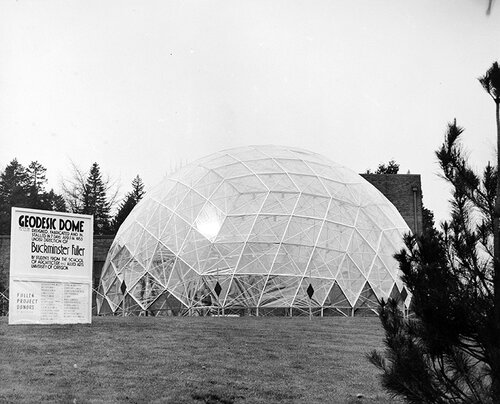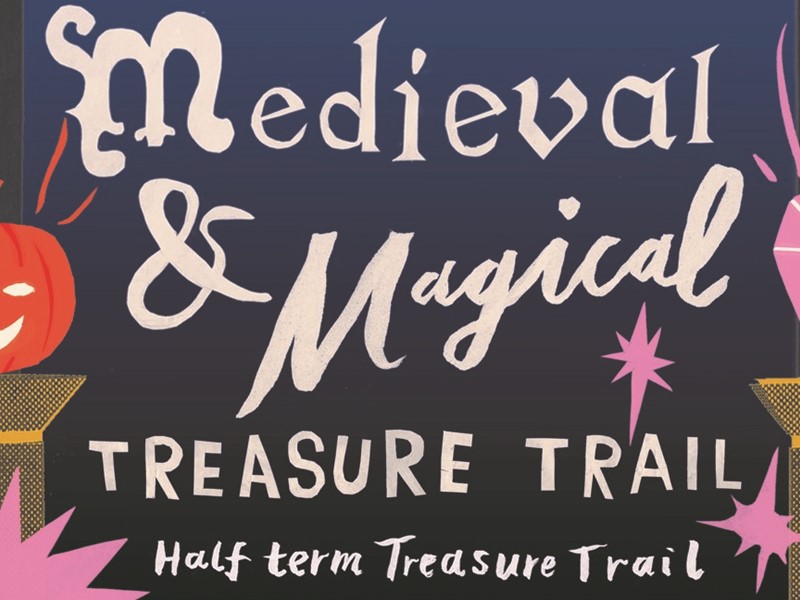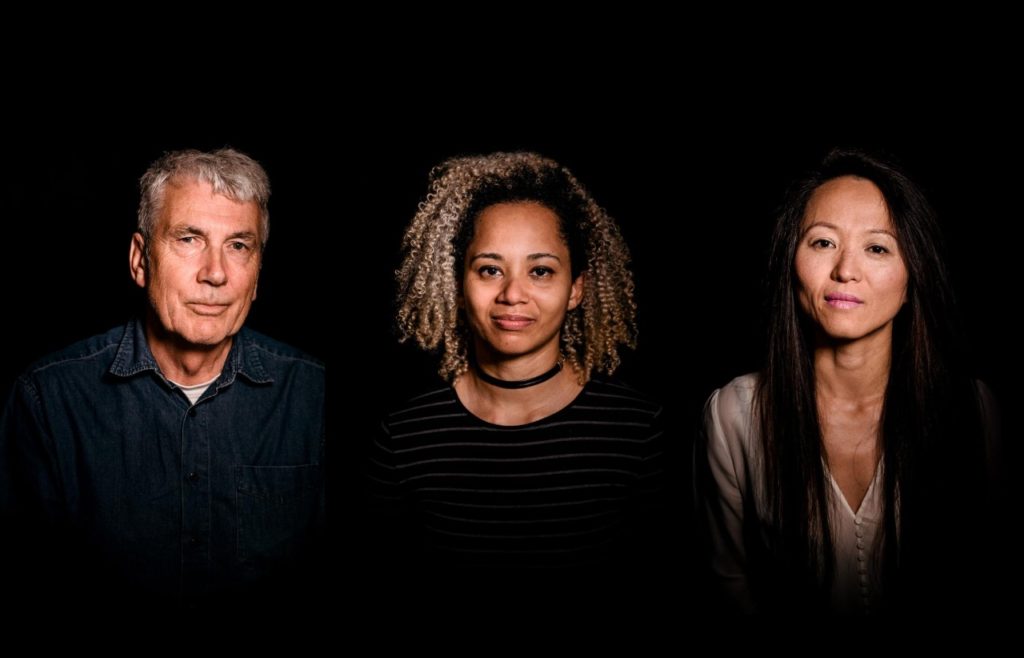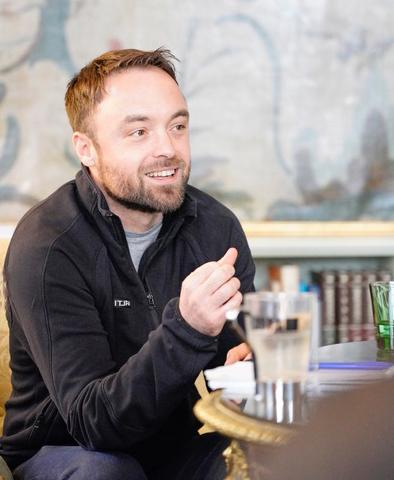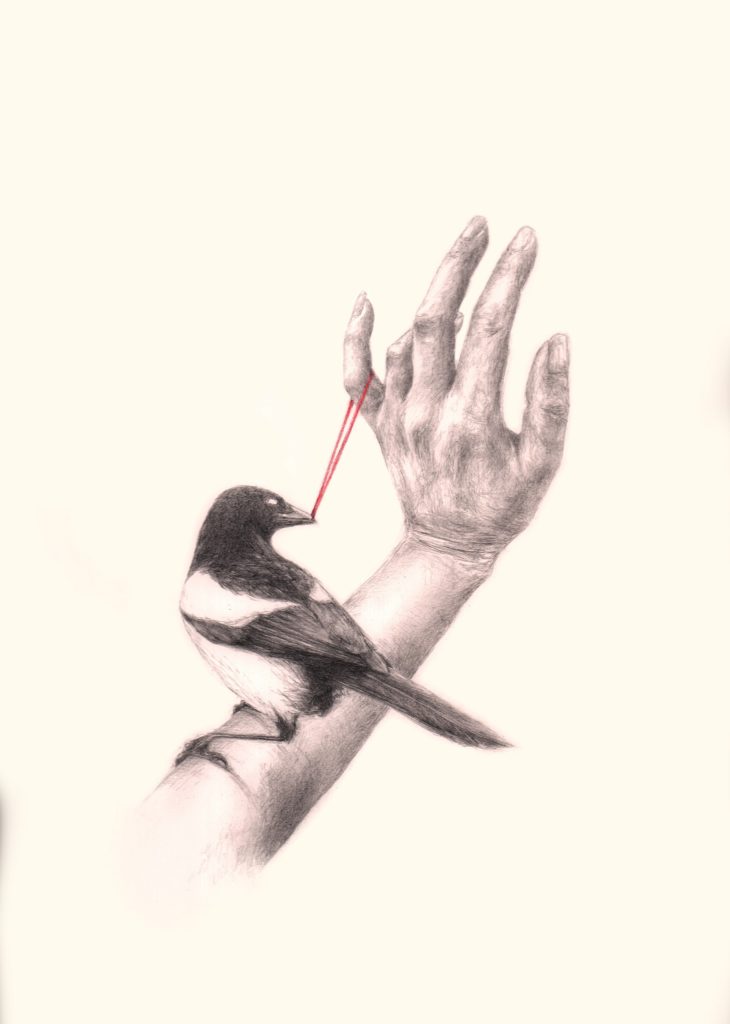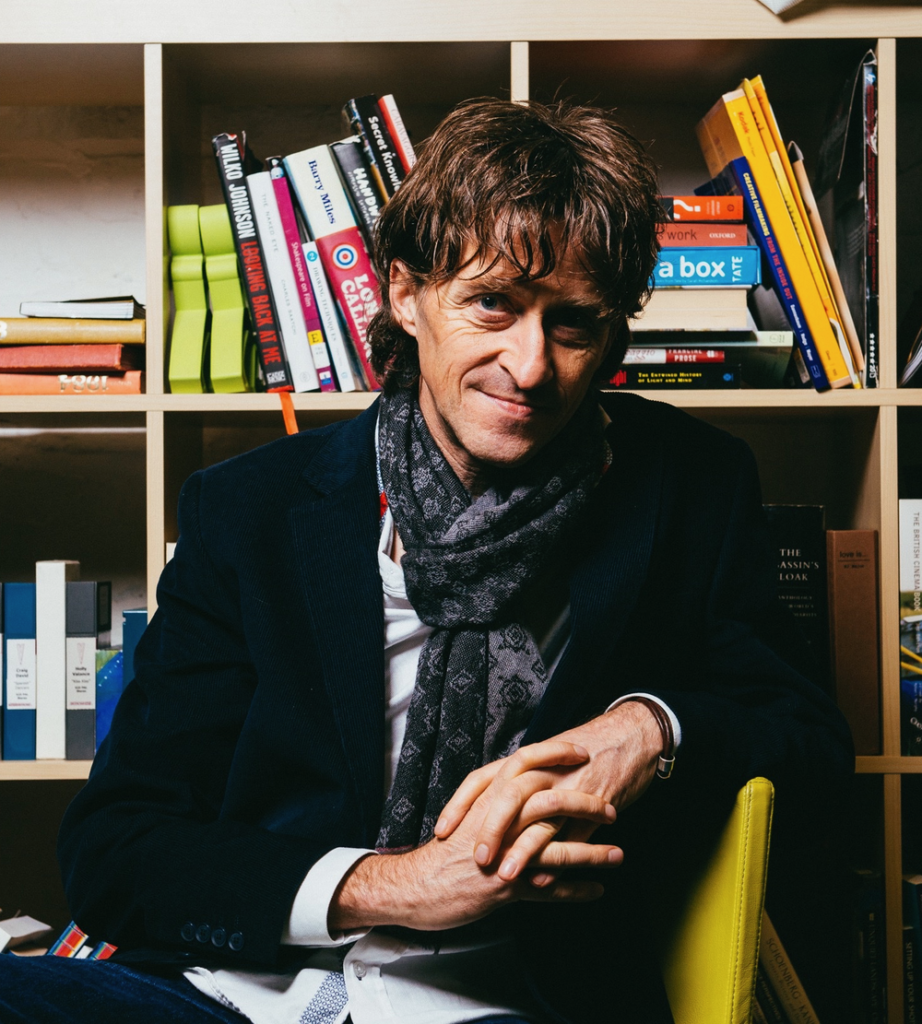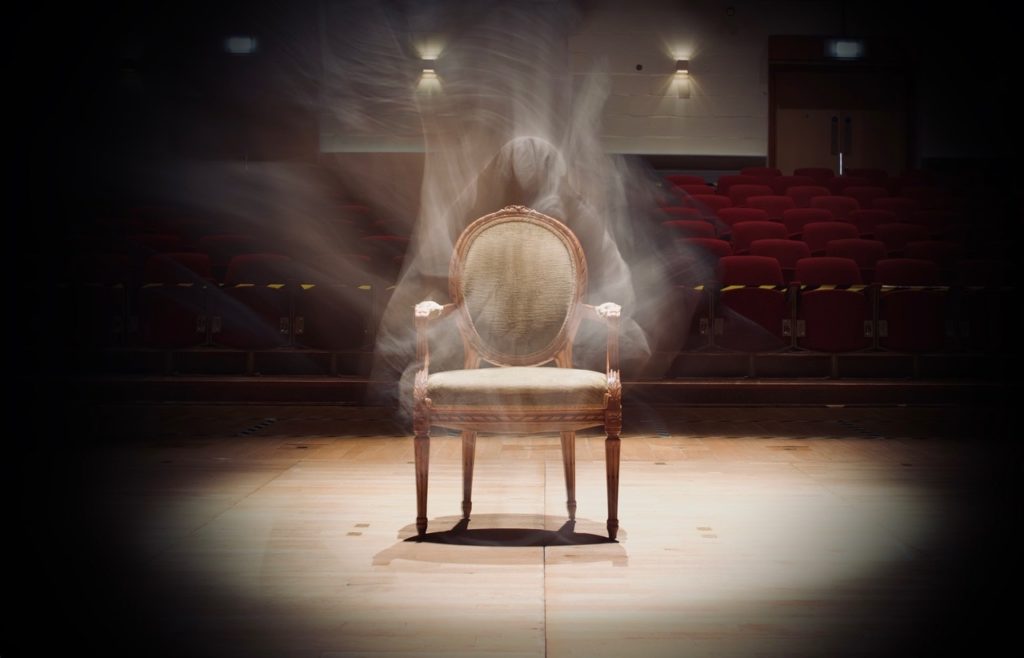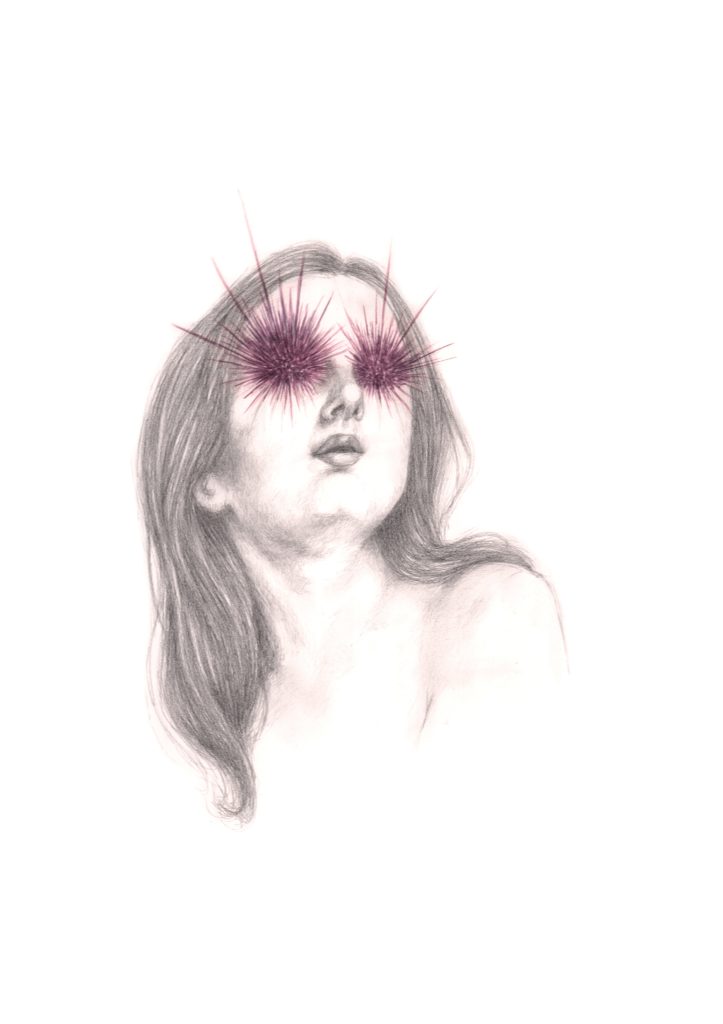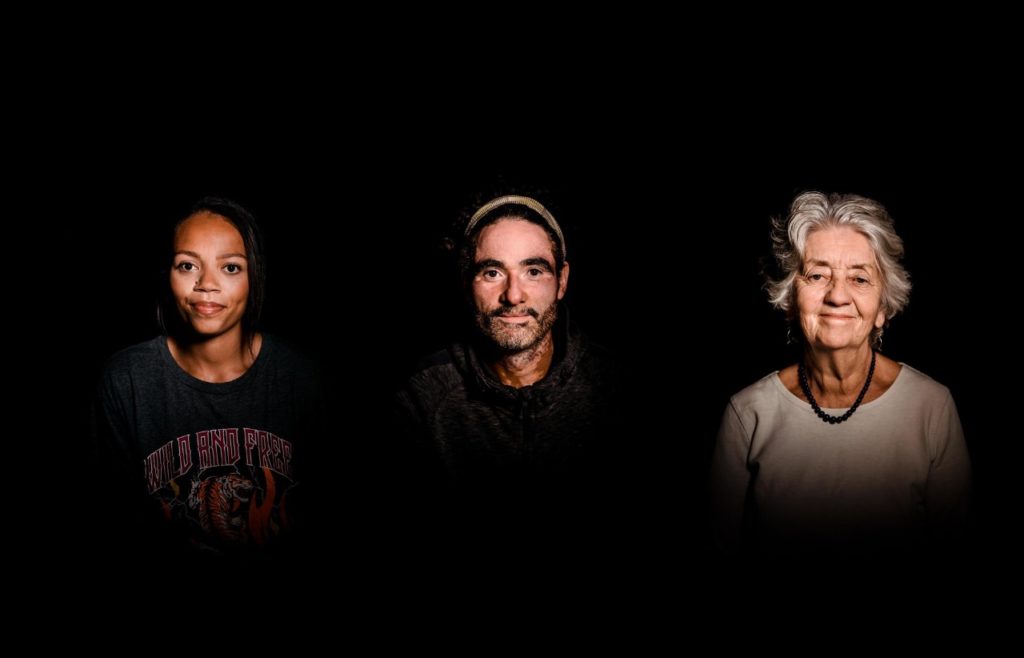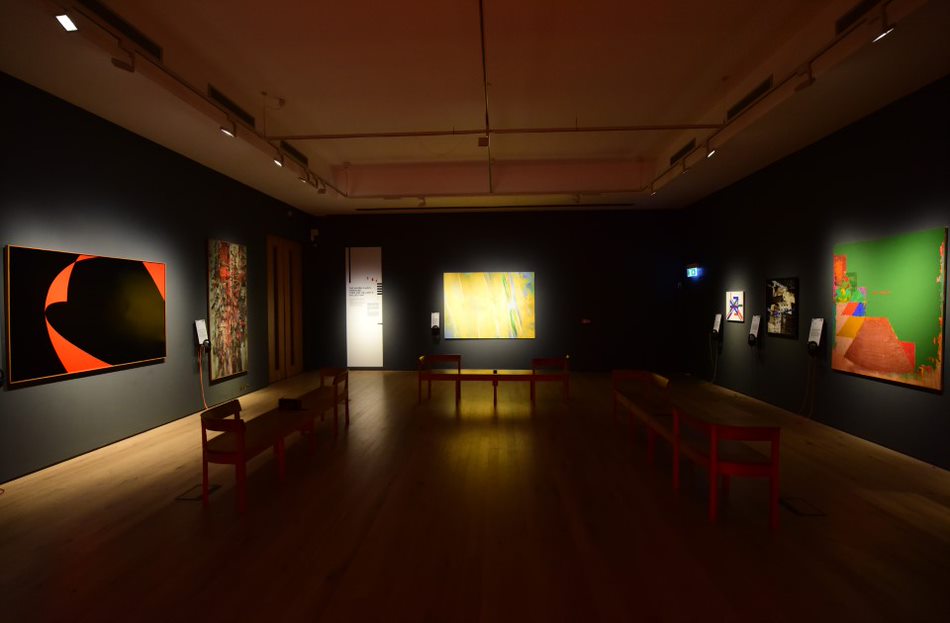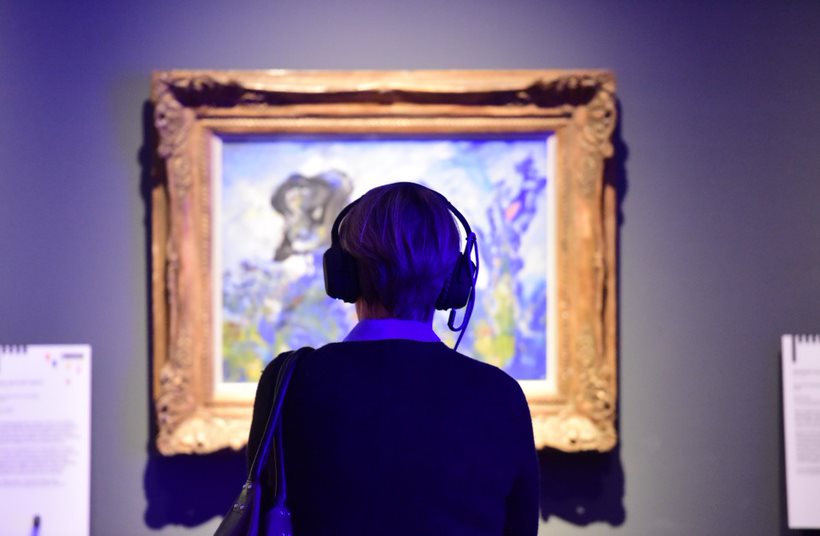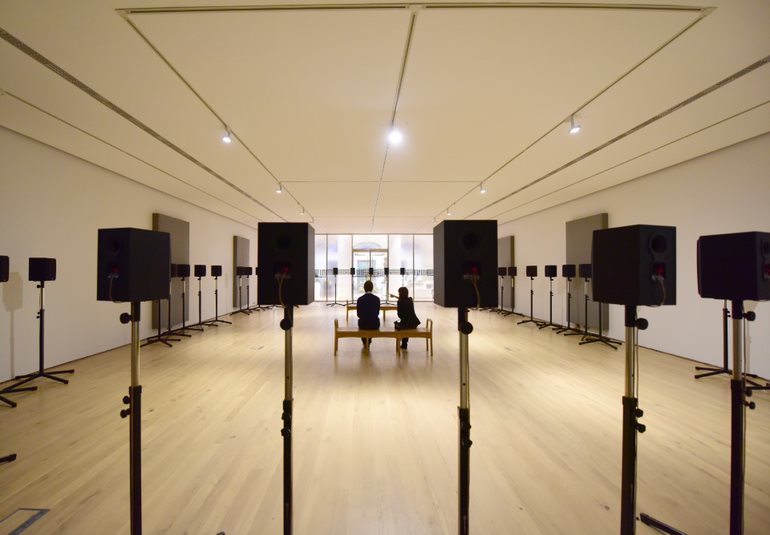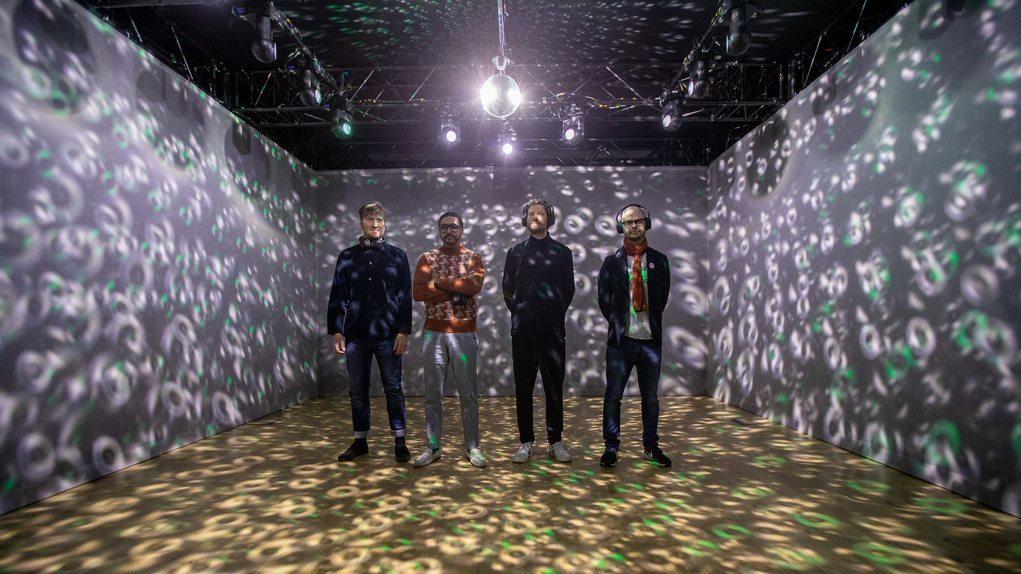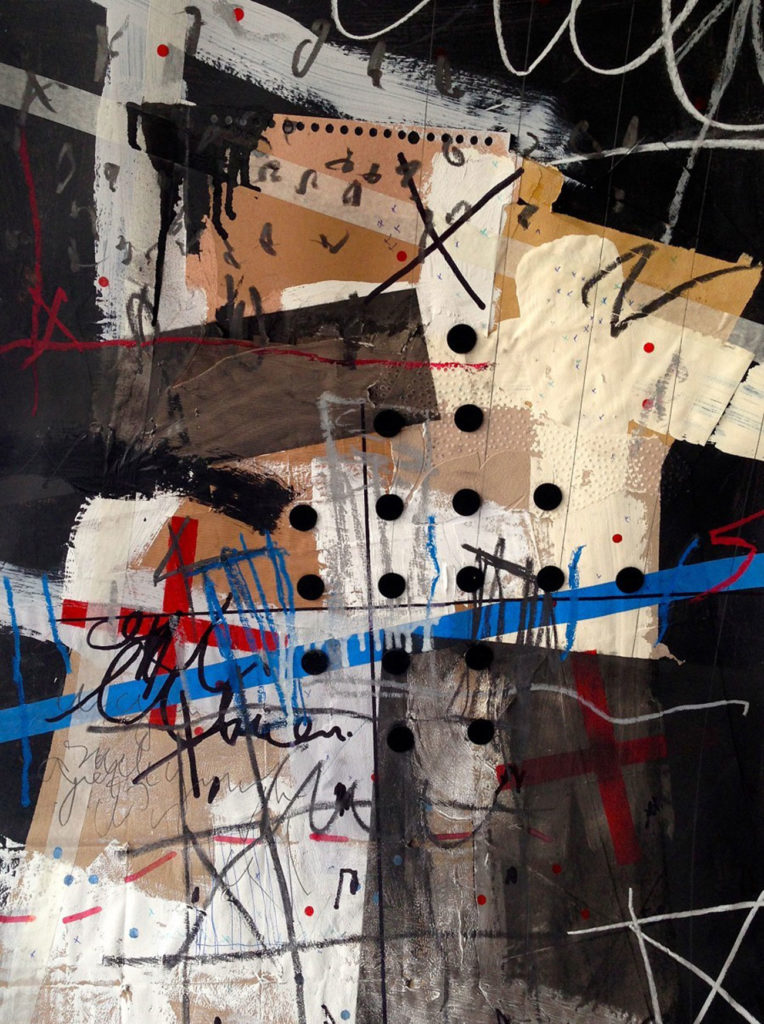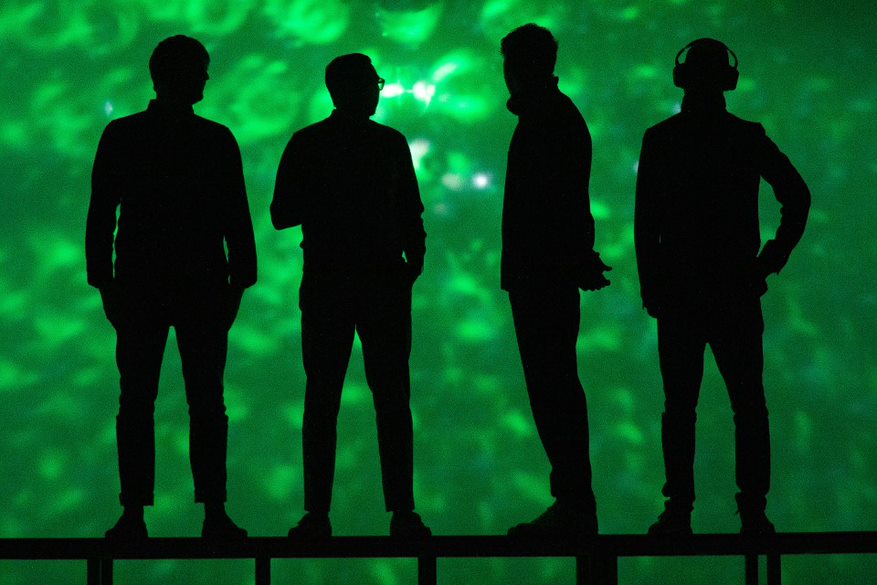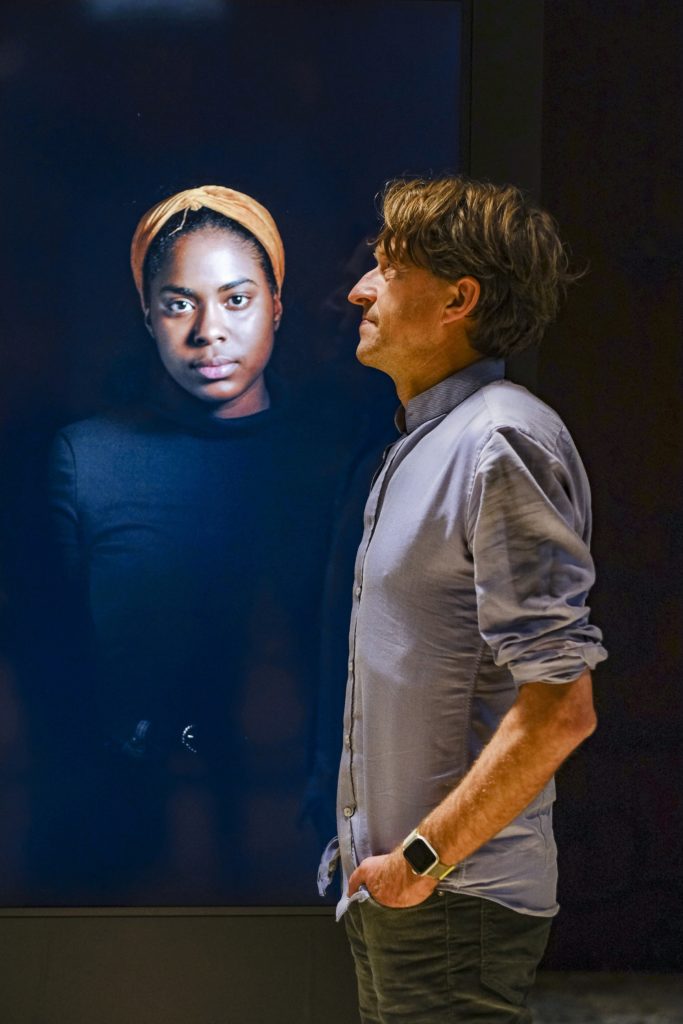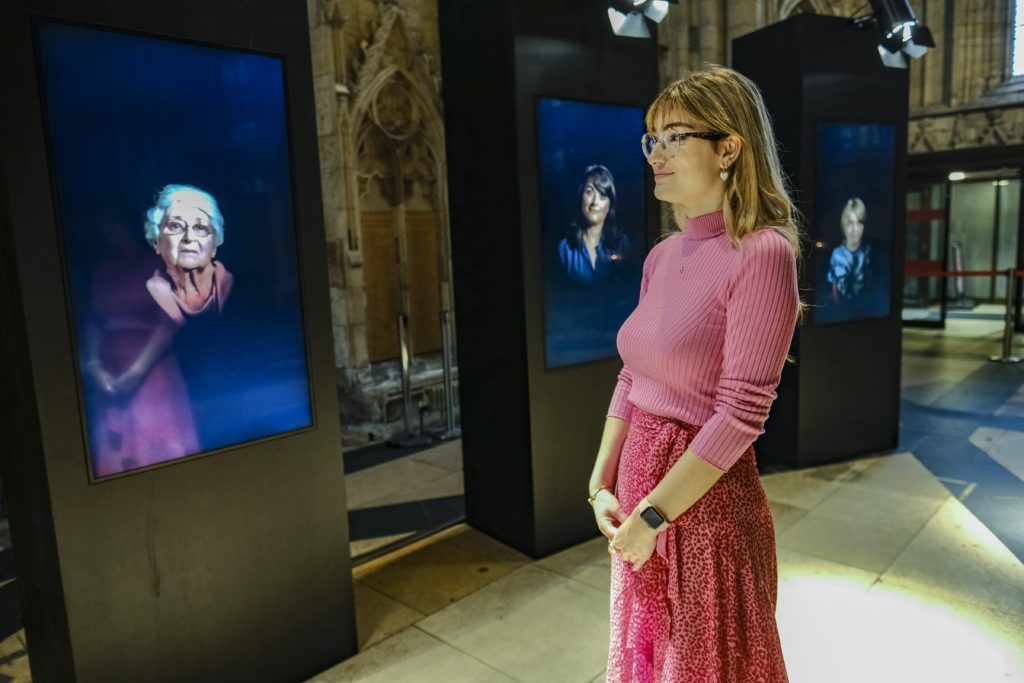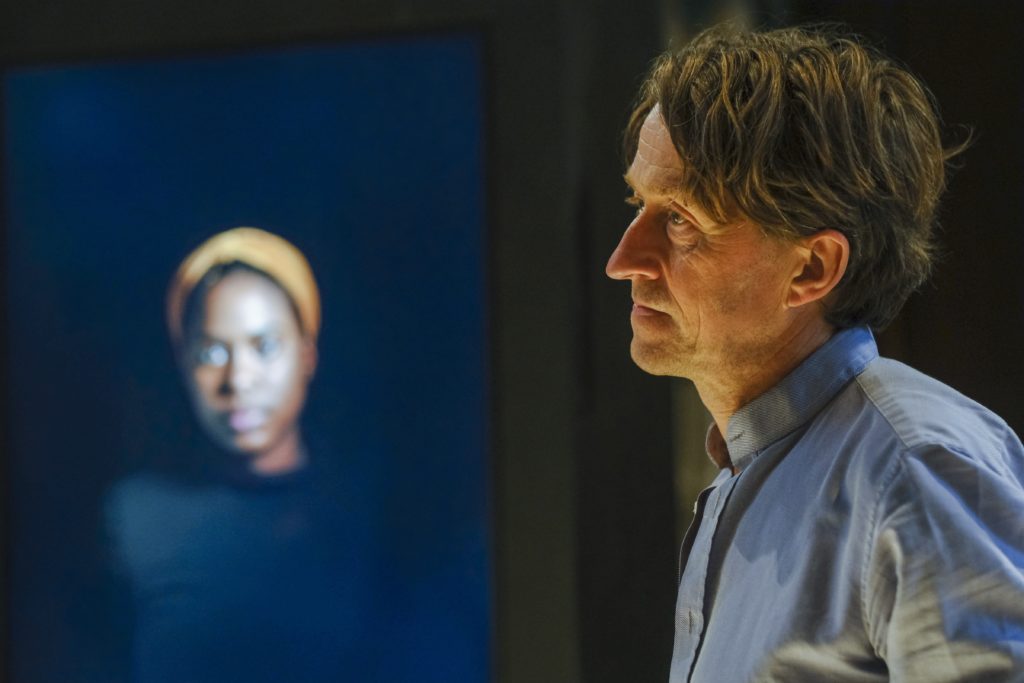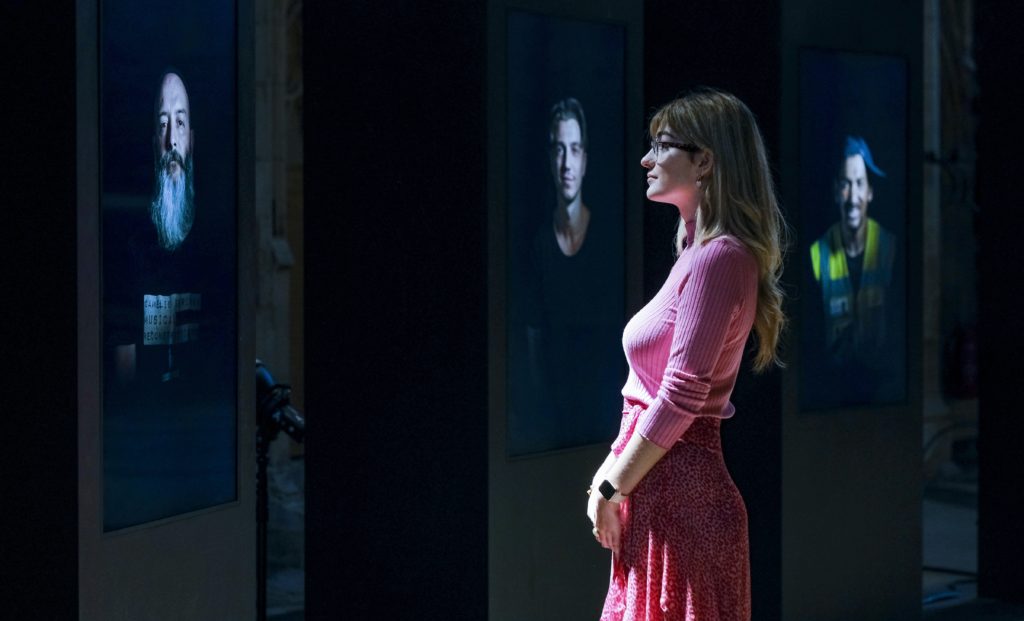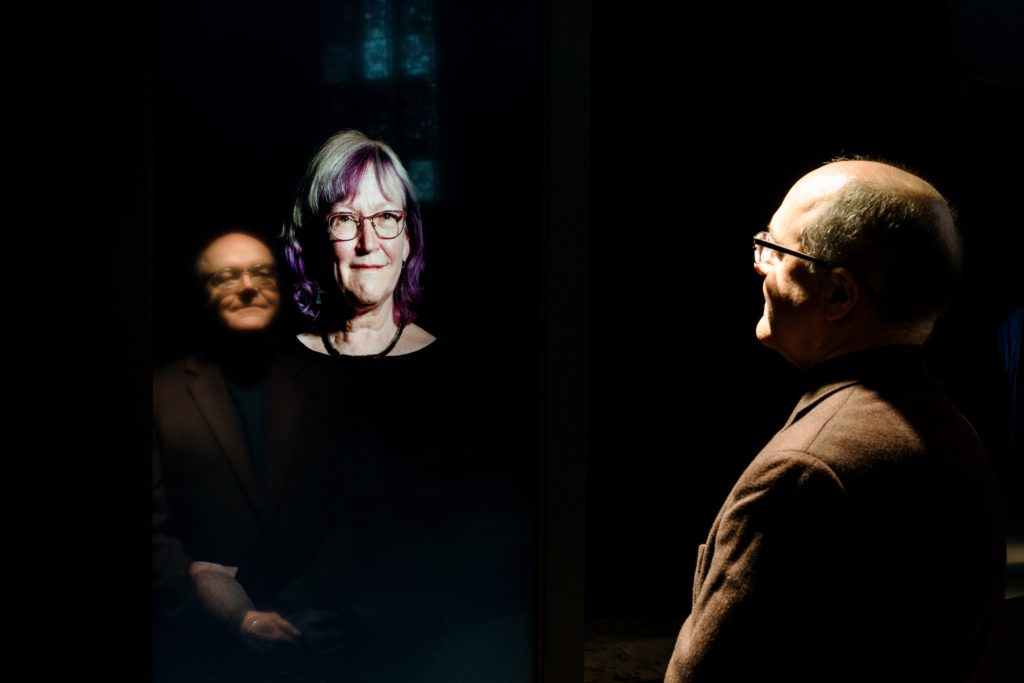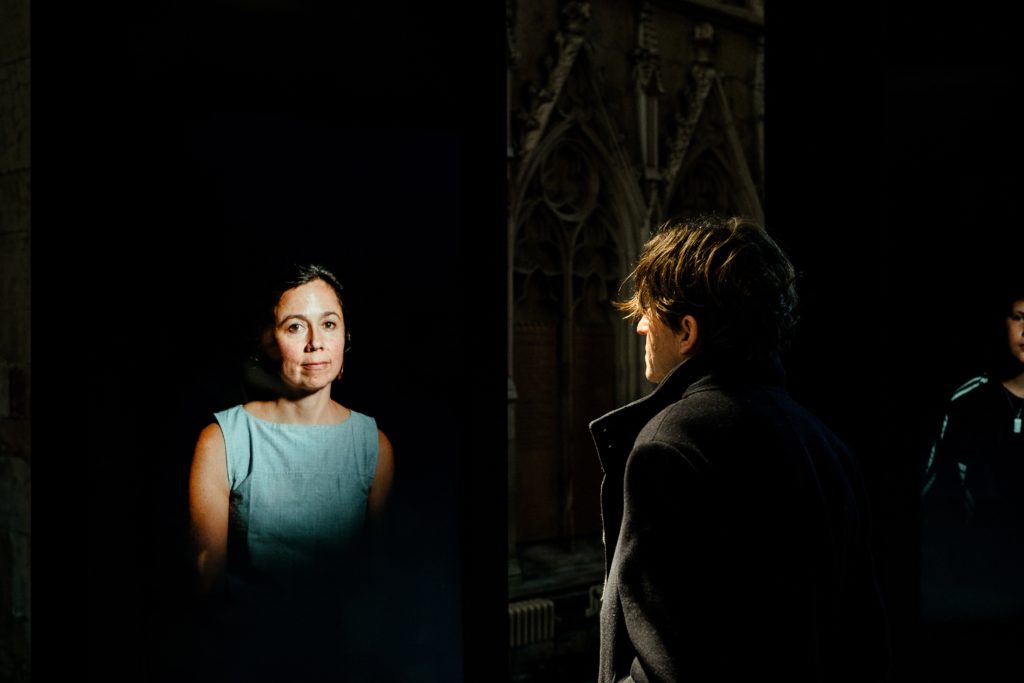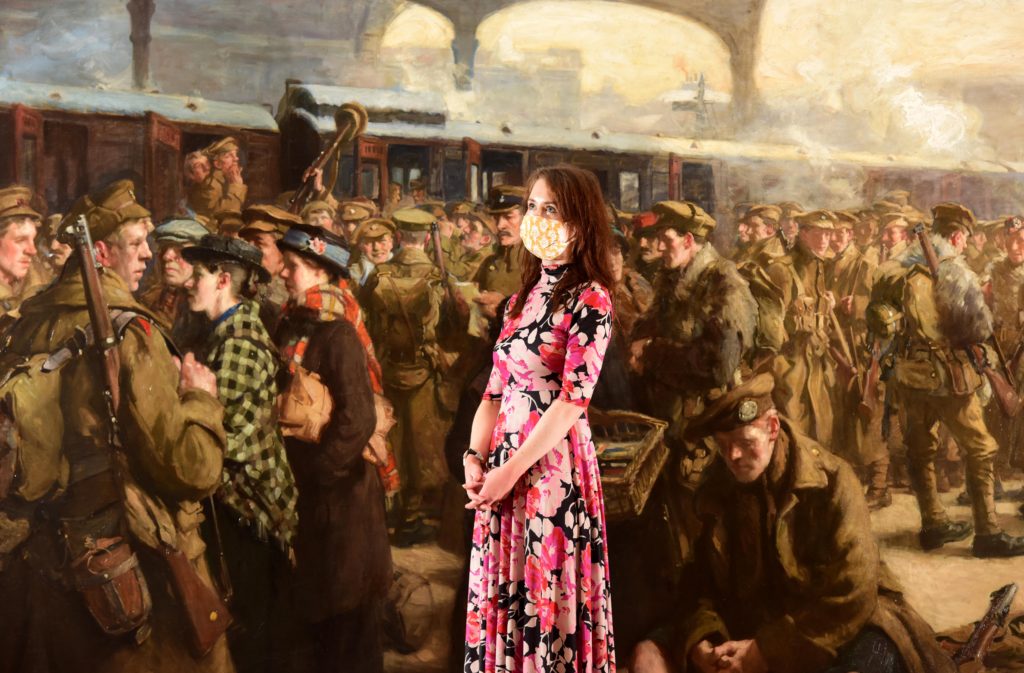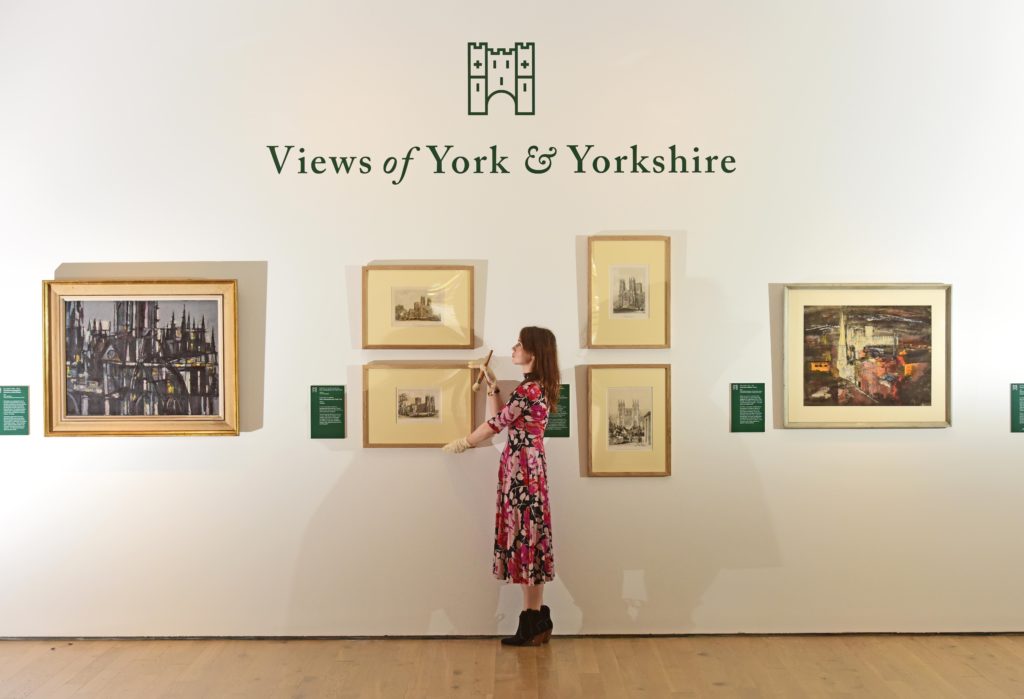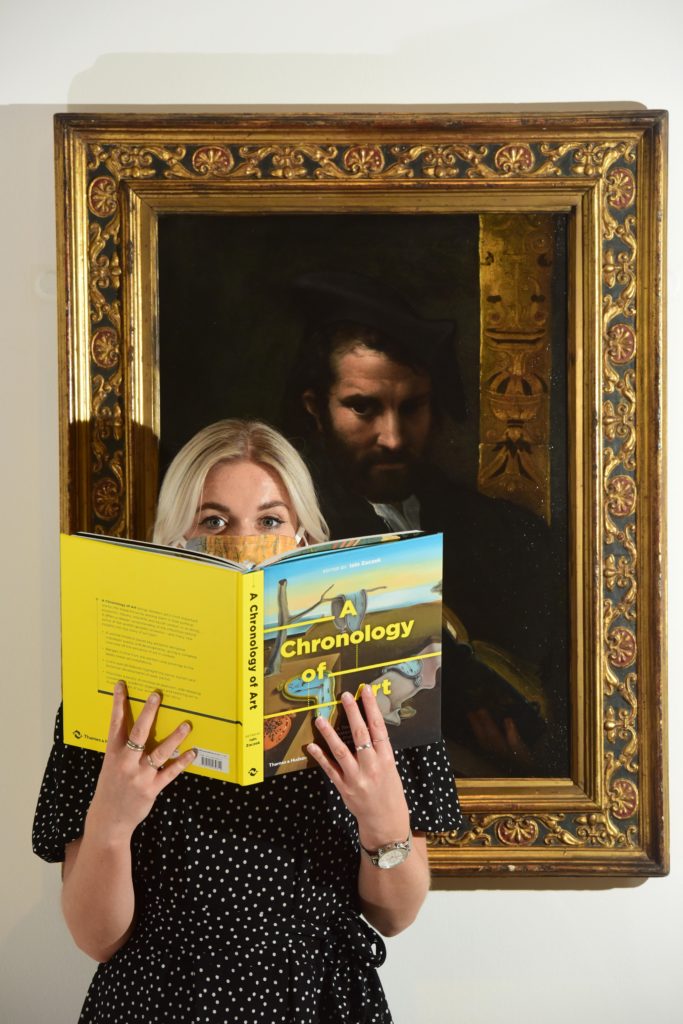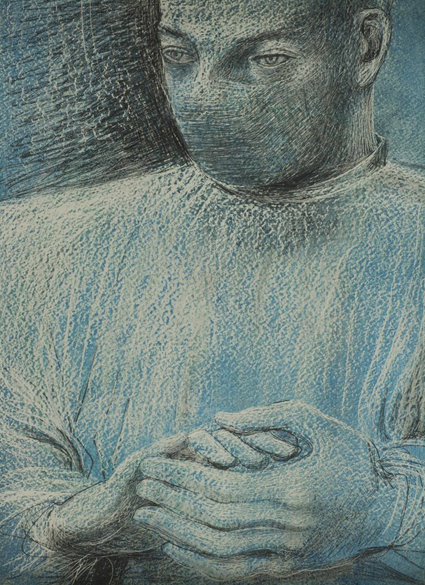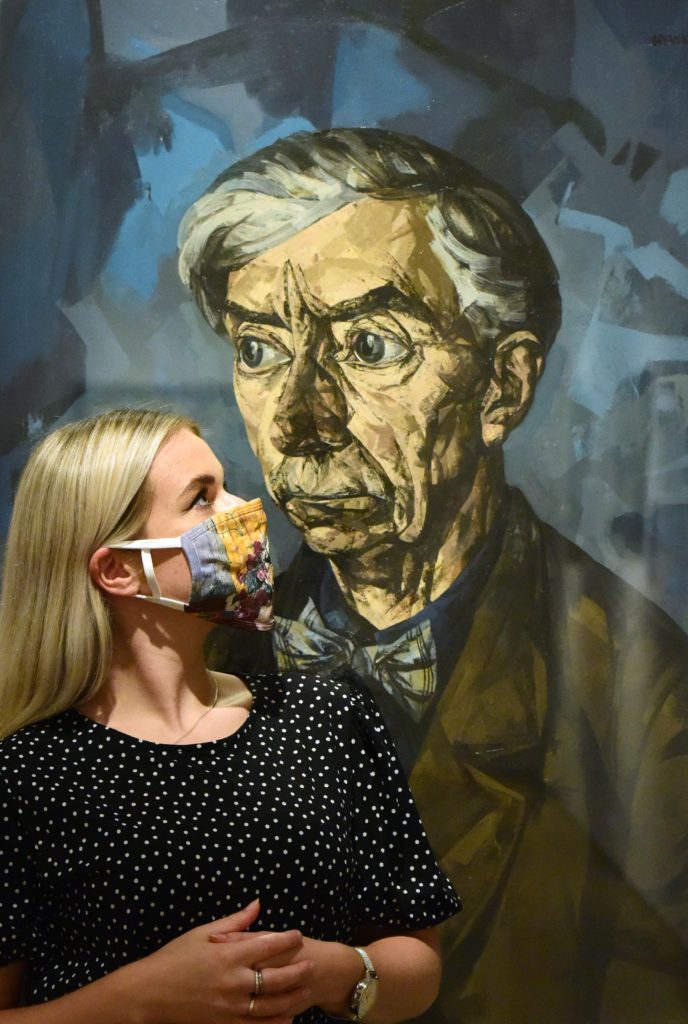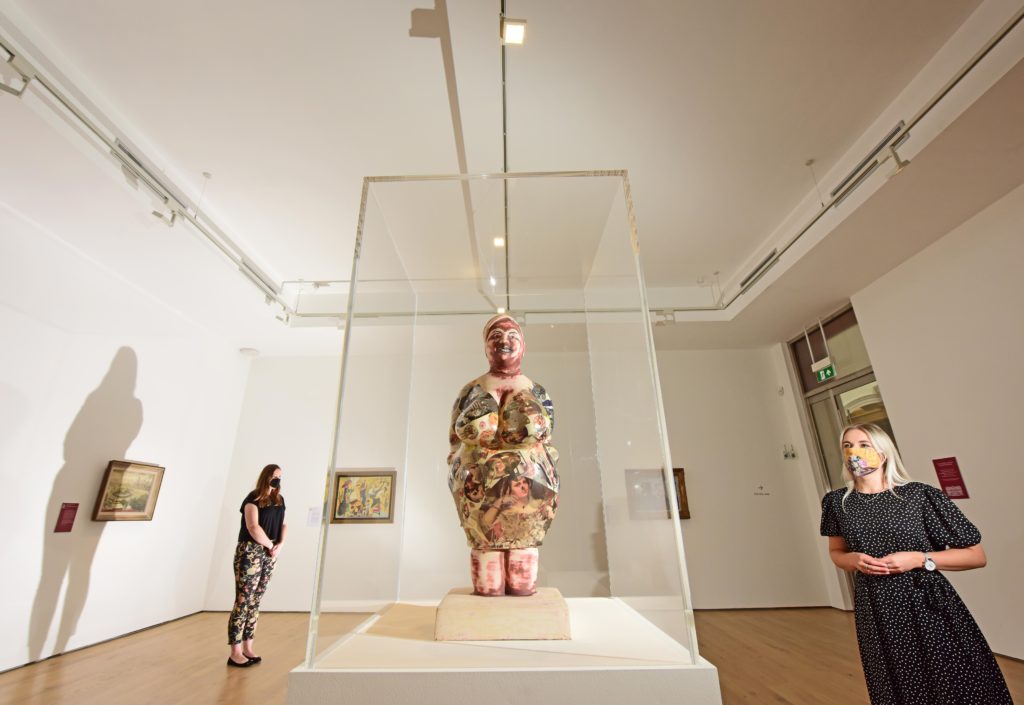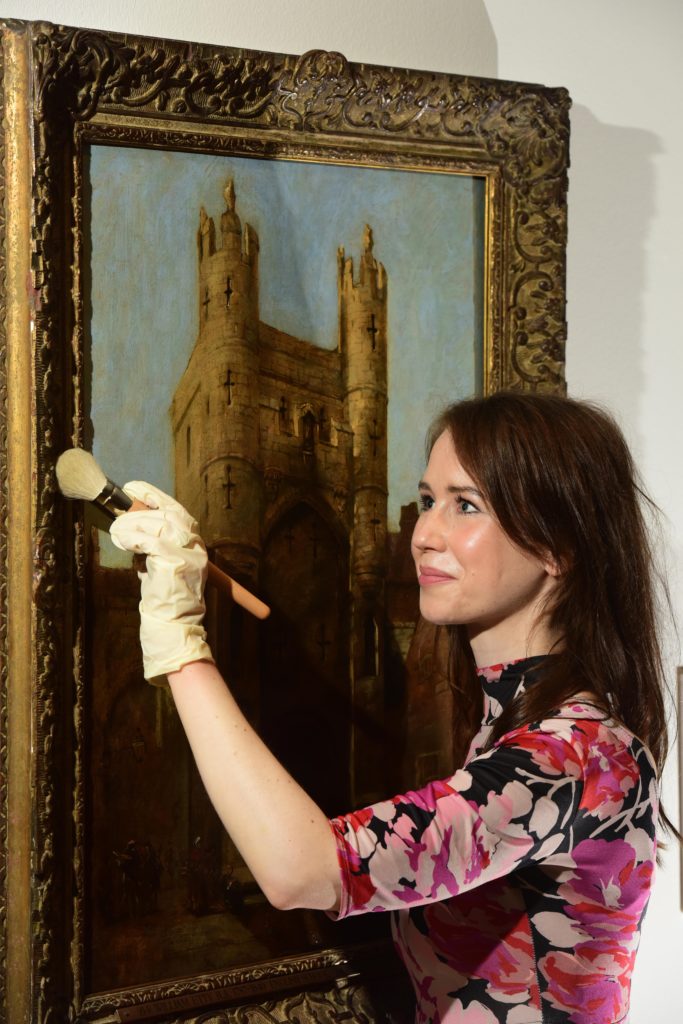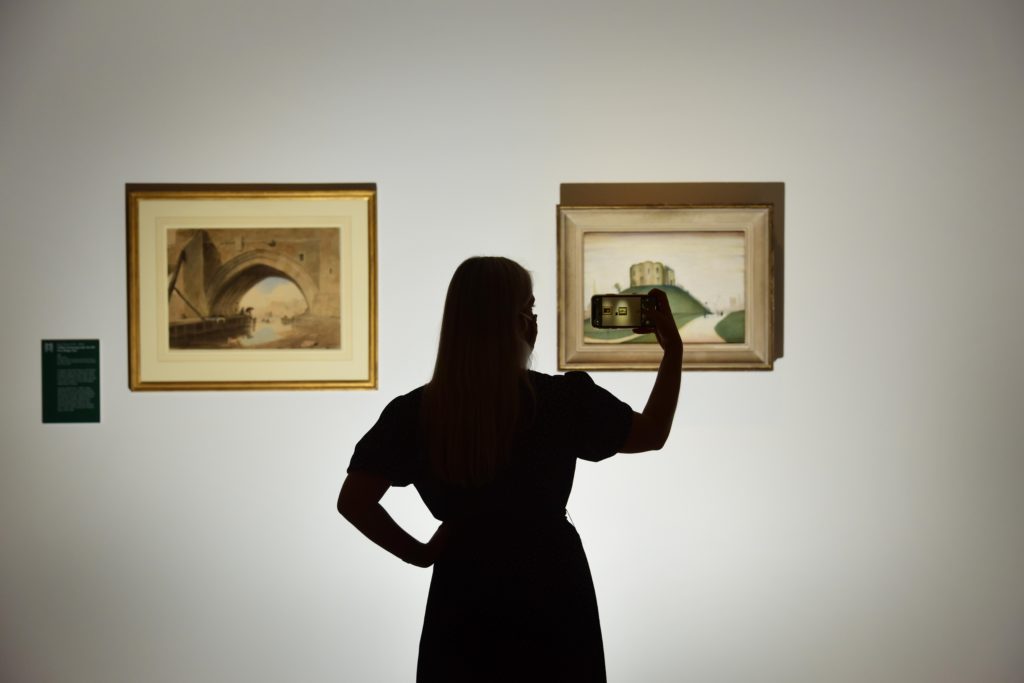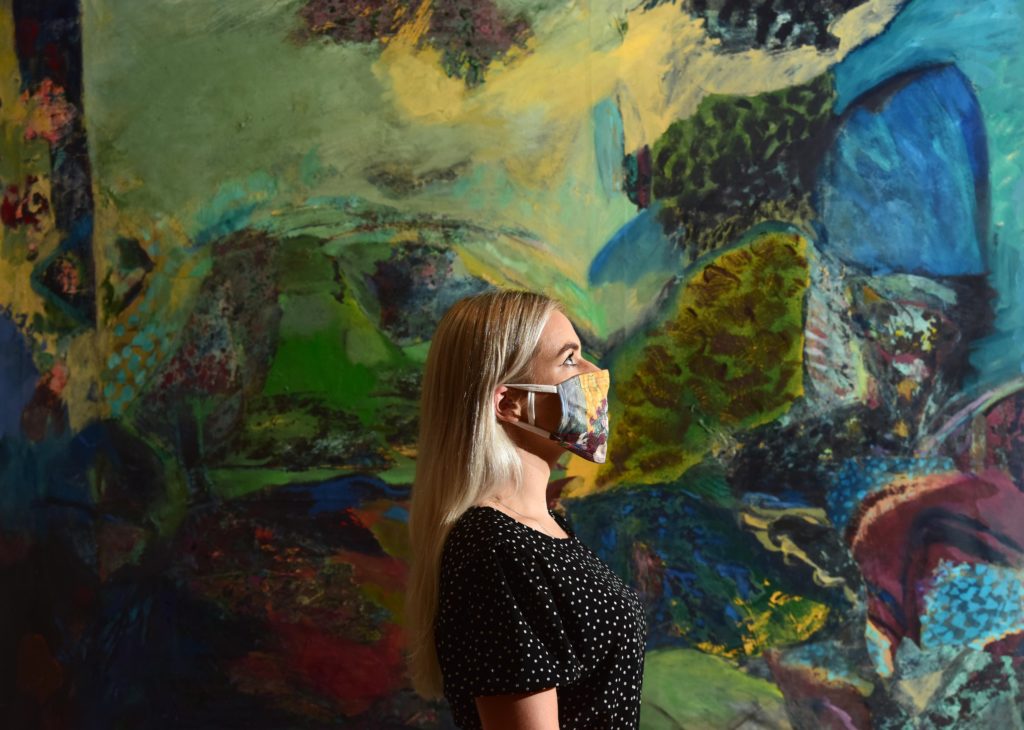
GRAYSON Perry’s lockdown-delayed “lost pots” exhibition at York Art Gallery, The Pre-Therapy Years, will run from May 28 to September 5.
This touring show will be held in the Centre of Ceramic Art (CoCA) in the first celebration of Perry’s earliest forays into the art world.
“This show has been such a joy to put together,” said Perry, when the show was first announced for a June 12 to September 20 run in York in 2020 until the pandemic intervened. “I’m really looking forward to seeing these early works again, many of which I have not seen since the Eighties.
“It’s as near as I will ever get to meeting myself as a young man, an angrier, priapic me with huge energy but a much smaller wardrobe.”
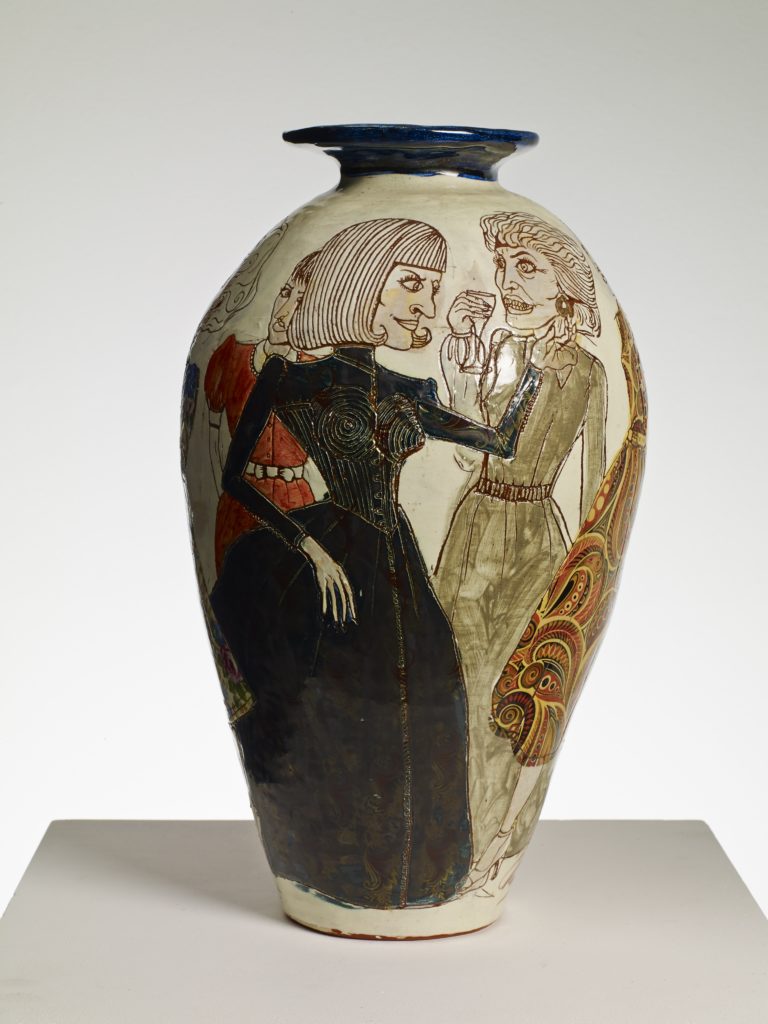
Developed by the Holburne Museum in Bath, The Pre-Therapy Years re-introduces the explosive and creative works the Chelmsford-born artist made between 1982 and 1994.
Gathering the 70 works has been facilitated by crowd-sourcing through a national public appeal, resulting in the “lost pots” being put on display together for the first time since they were made.
Dr Helen Walsh, curator of ceramics at York Art Gallery, says: “We are delighted to be showcasing the ground-breaking early works of such a renowned and influential artist.
“It is fascinating to see how his craft has progressed and evolved since he began working as an artist. His early ceramic works show that the distinctive style, themes and characters have always been central in his decoration.”
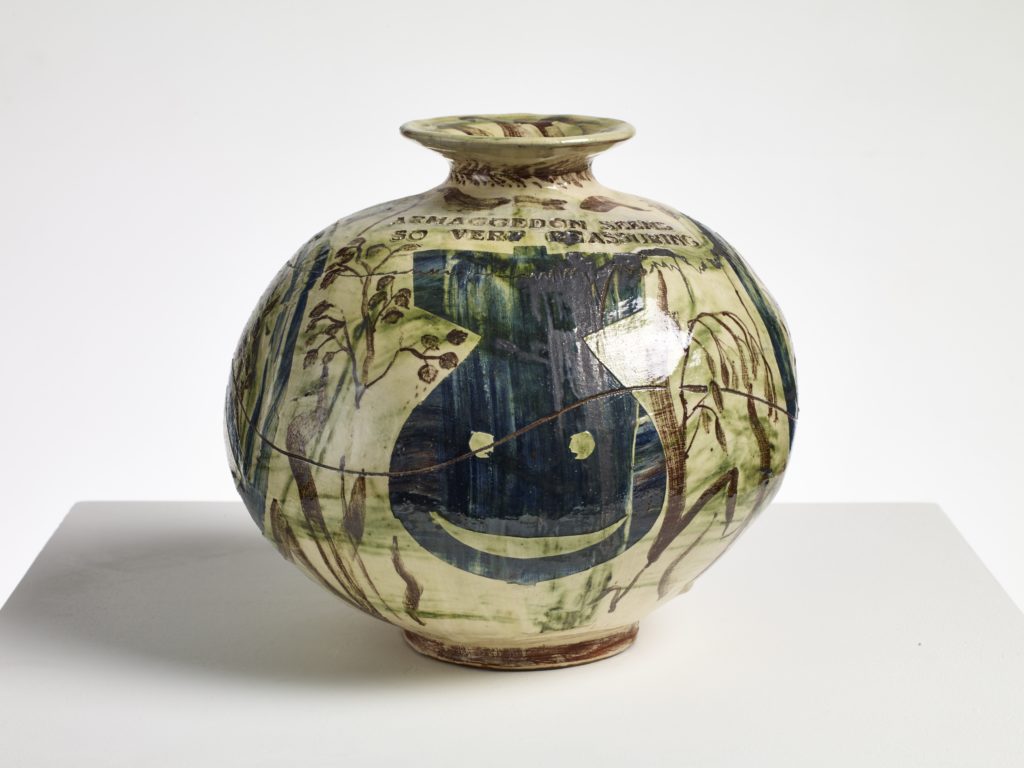
Helen continues: “To be able to bring these works together for public display, many of which are usually hidden away in private collections, is absolutely thrilling.
“We are very much looking forward to seeing Grayson Perry’s ceramic works displayed in the beautiful Centre of Ceramic Art at York Art Gallery alongside our own collection of British studio ceramics.”
Grayson Perry: The Pre-Therapy Years will shine a light on Perry’s experimentation and exploration of the potential of pottery to address radical issues and human stories.
The exhibition “represents a unique opportunity to enjoy the artist’s clever, playful and politically-engaged perspective on the world”. Often challenging and explicit, these works reveal the early development of Perry’s distinctive voice that has established him as one of the most compelling commentators on contemporary society.
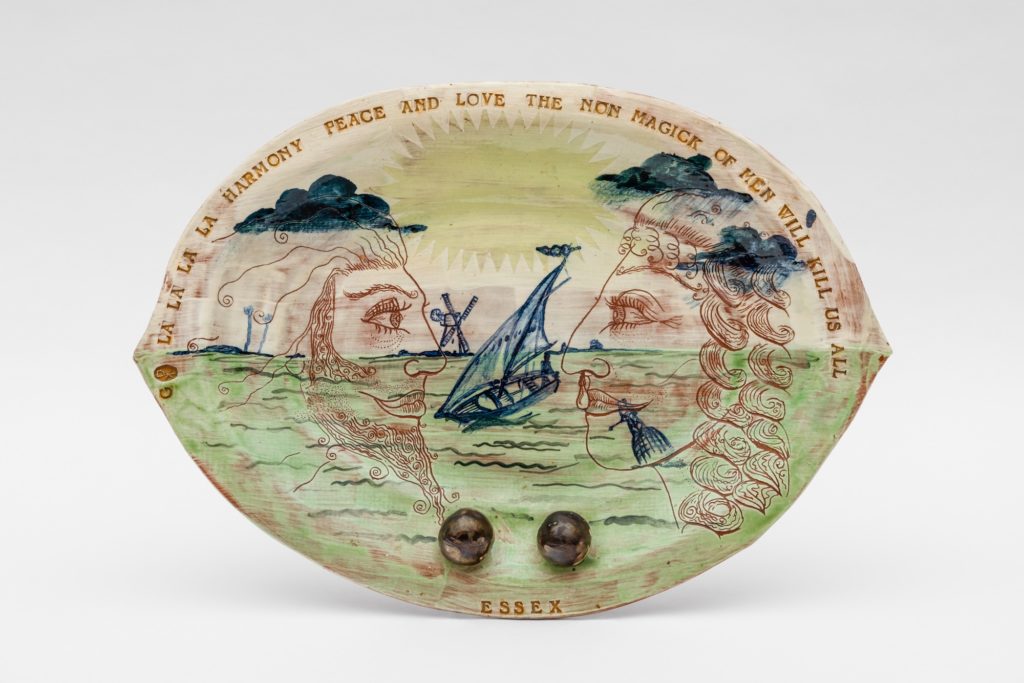
Explaining how The Pre-Therapy Years came together, curator Catrin Jones says: “When we proposed the exhibition, Grayson responded really positively because, he said, ‘no-one knows where those works are’.
“So, we asked the public and were absolutely overwhelmed by the response. What followed was an extraordinary process of rediscovery as we were contacted by collectors, enthusiasts and friends, who collectively held over 150 of his early works.”
The first task was to process photos of the pots, plates and drawings that arrived in the inbox, followed by asking all manner of questions about the works and from where they came.
“We logged all the pottery marks and provenance information, as well as the wonderful stories of how their owner came to have a genuine Grayson Perry,” says Catrin.
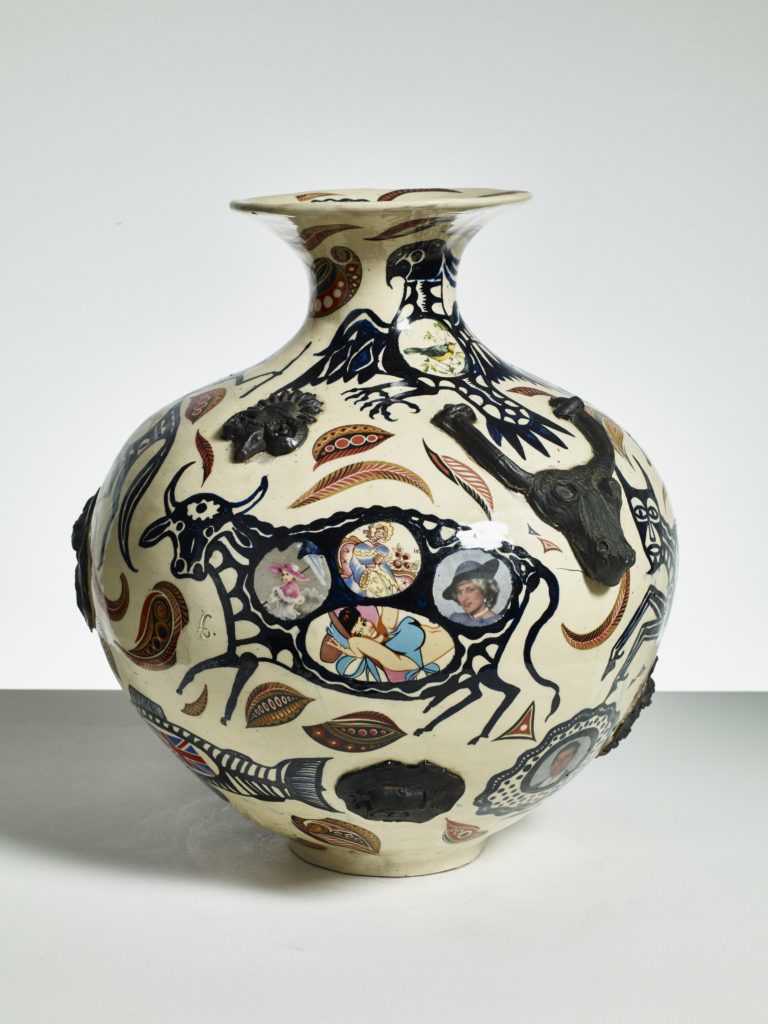
She and her team next sat down with Perry to look through the extraordinary and varied selection of artworks. During this process, he remarked that seeing the works again was a powerful reminder of his “pre-therapy years”, and an exhibition title was born.
The show begins with Perry’s early collaged sketchbooks, experimental films and sculptures, capturing his move into using ceramics as his primary medium. From his first plate, Kinky Sex (1983), to his early vases made in the mid-1980s, Perry riffed on British vernacular traditions to create a language of his own.
The themes of his later work – fetishism, gender, class, his home county of Essex and the vagaries of the art world – appear in works of explosive energy. Although the majority of his output consisted of vases and plates, Perry’s early experiments with form demonstrate the variety of shapes he produced: Toby jugs, perfume bottles, porringers, funeral urns and gargoyle heads.
Grayson Perry: The Pre-Therapy Years begins in 1982, when Perry was first working as an artist and then charts his progress to the mid-1990s, when he became established in the mainstream London art scene.
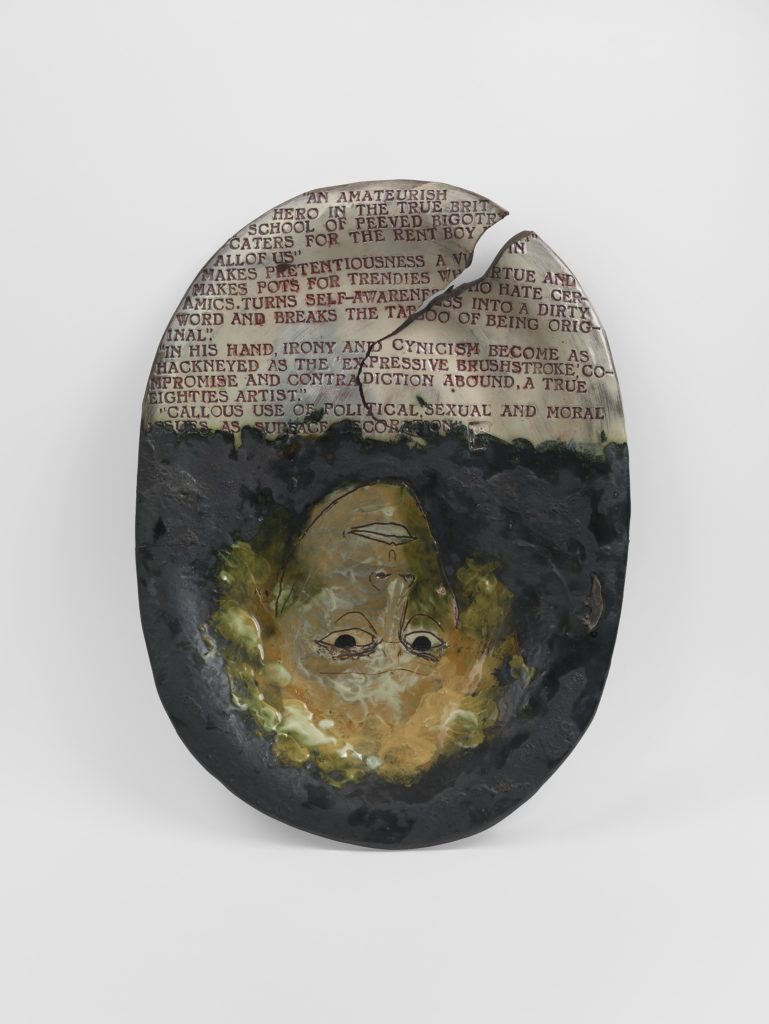
The exhibition provides a snapshot of a very British time and place, revealing the transition of Grayson’s style, starting out with playful riffs on historic art, such as old Staffordshire pottery, along with crowns (the mixed-media Crown Of Penii, 1982) and thrones (Saint Diana, Let Them Eat S**t, 1984), inspired by his fascination with Princess Diana.
Gradually, he progressed into a style that is patently his own: plates and vases rich with detail that tell tales of our times and experiences, such as 1989’s Cocktail Party.
Much of the iconography of Perry’s output has an angry, post-punk, deeply ironic leaning, combining cosy imagery with shocking sexual or political content.
Many of the works displayed in The Pre-Therapy Years tell a very personal story, particularly in the evolution of Claire, who first appeared in the early 1980s, inspired by such powerful women as television newsreaders and Princess Diana, rather than the exuberant child-like figure Perry created after her “coming out” party in 2000.

Accompanying the rediscovery of Perry’s artworks, the Holburne Museum is illustrating the exhibition with photos and snapshots of the era, again sharing hitherto unseen glimpses of Perry as he journeyed from angry, ironic young artist to one of British art’s best-loved figures.
After completing his art degree in Portsmouth in 1982, Perry moved to London and lived in a Camden squat with the singer Marilyn and Welsh conceptual artist Cerith Wyn Evans, collectively enjoying creative freedom while sharing limited resources.
During these early years, Perry encountered the Neo Naturists, a group of freewheeling performance artists, whose visual and creative approach would have a profound impact on him.
CoCA first exhibited a Grayson Perry ceramic, Melanie, in July 2015 as its centrepiece talking point after York Art Gallery’s £8 million transformation.
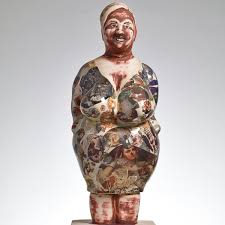
Melanie is one of three women from his Three Graces work, joined by Georgina and Sarah in the Miss Plus Size Competition.
“First seen in Grayson’s Who Are You? documentary, Melanie is a voluptuous figurative piece with a strong narrative that discusses the changing view of what constitutes feminine beauty,” said curator of ceramics Helen Walsh on its arrival.
Perry commented on his Three Graces: “In the history of sculpture, female forms such as these were often seen as fertility goddesses to be prayed to for children and plentiful harvests. Nowadays, we are more likely to see a growing health problem.”
Melanie featured subsequently in York Art Gallery’s re-opening exhibition, Your Art Gallery – Paintings Chosen By You, from August 20 last year.
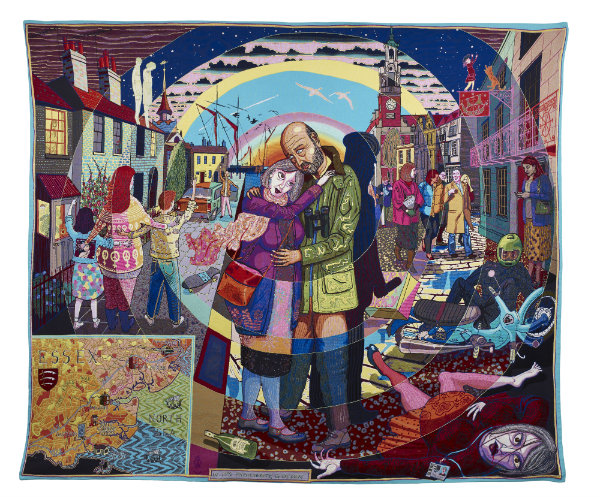
In May 2014, accompanied by his childhood teddy bear Alan Measles, Perry opened the Meet The Museums Bears special event in the York Museum Gardens in full transvestite regalia as part of York Museums Trust’s contribution to the Connect 10 Museums At Night national celebration.
Last year, from February 8, Perry’s Stitching The Past Together tapestries went on show at Nunnington Hall, near Helmsley. Out went the National Trust country house’s 17th century Verdure tapestries for conservation work; in came a pair of Grayson’s typically colourful and thought-provoking Essex House Tapestries: The Life Of Julie Cope (2015).
Hanging in an historic setting for the first time, in the Nunnington Hall drawing room, this brace of large-scale, striking works tells the story of Julie Cope, a fictitious Essex “everywoman” created by the irreverent Chelmsford-born Perry.
2003 Turner Prize winner Perry kept himself busy in Lockdown 1 by launching Grayson’s Art Club, his pledge to “battle the boredom” of the lockdown through art, in a six-part series on Channel 4 from April 27 2020 that attracted a million viewers a week.
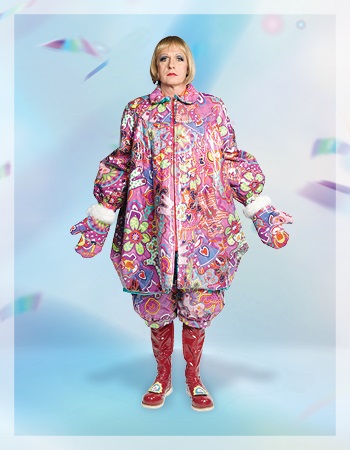
From his London workshop, the Essex transvestite artist, potter, broadcaster and writer took viewers on a journey of artistic discovery in themed shows designed to “encourage you to make your own work in the new normal of isolation”.
Grayson’s Art Club has returned for an on-going second series, presented by Perry in tandem with his wife, the author, psychotherapist and broadcaster Philippa Perry.
Looking ahead, outré artist and social commentator Perry has a York-bound live show in the late-summer.
In his own words: Despite being an award-winning artist, Bafta-winning TV presenter, Reith lecturer and best-selling author, Grayson Perry is a normal person – and just like other normal people, he is “marginally aware that we’re all going to die”.
Cue Grayson Perry: A Show For Normal People, booked into York Barbican for September 6 on night number five of this year’s 23-date tour. Sheffield City Hall awaits on September 10; Harrogate Convention Centre on November 27.
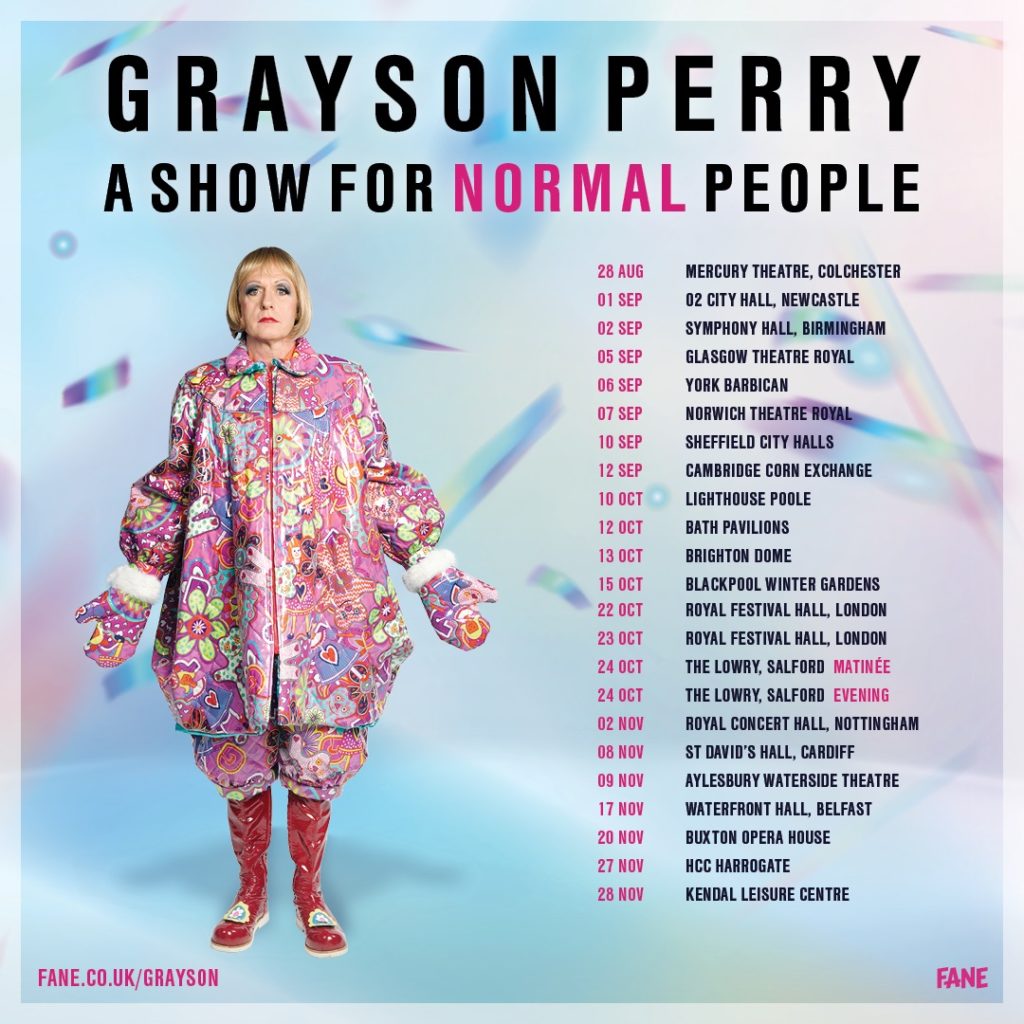
What will be on Perry’s mind? “Let Grayson take you through an enlightening and eye-watering evening in which this kind of existentialism descends from worthiness to silliness. You’ll leave safe and warm in the knowledge that nothing really matters anyway,” his show patter promises.
“Join Grayson as he asks, and possibly answers, these big questions in an evening sure to distract you from the very meaninglessness of life in the way only a man in a dress can.”
Perry, who turned 61 on March 24, has had an artistic career spanning 40 years, revealing a diverse expertise in “making lemonade out of the mundanity of life”. Such as? In 2015, he designed A House For Essex, a permanent building constructed in the North Essex countryside.
Last autumn, he presented Grayson Perry’s Big American Road Trip, a three-part documentary travelogue on Channel 4, exploring the meaning of the American Dream in today’s disunited United States of America.
Tickets for Grayson Perry: A Show For Normal People are on sale at yorkbarbican.co.uk.

